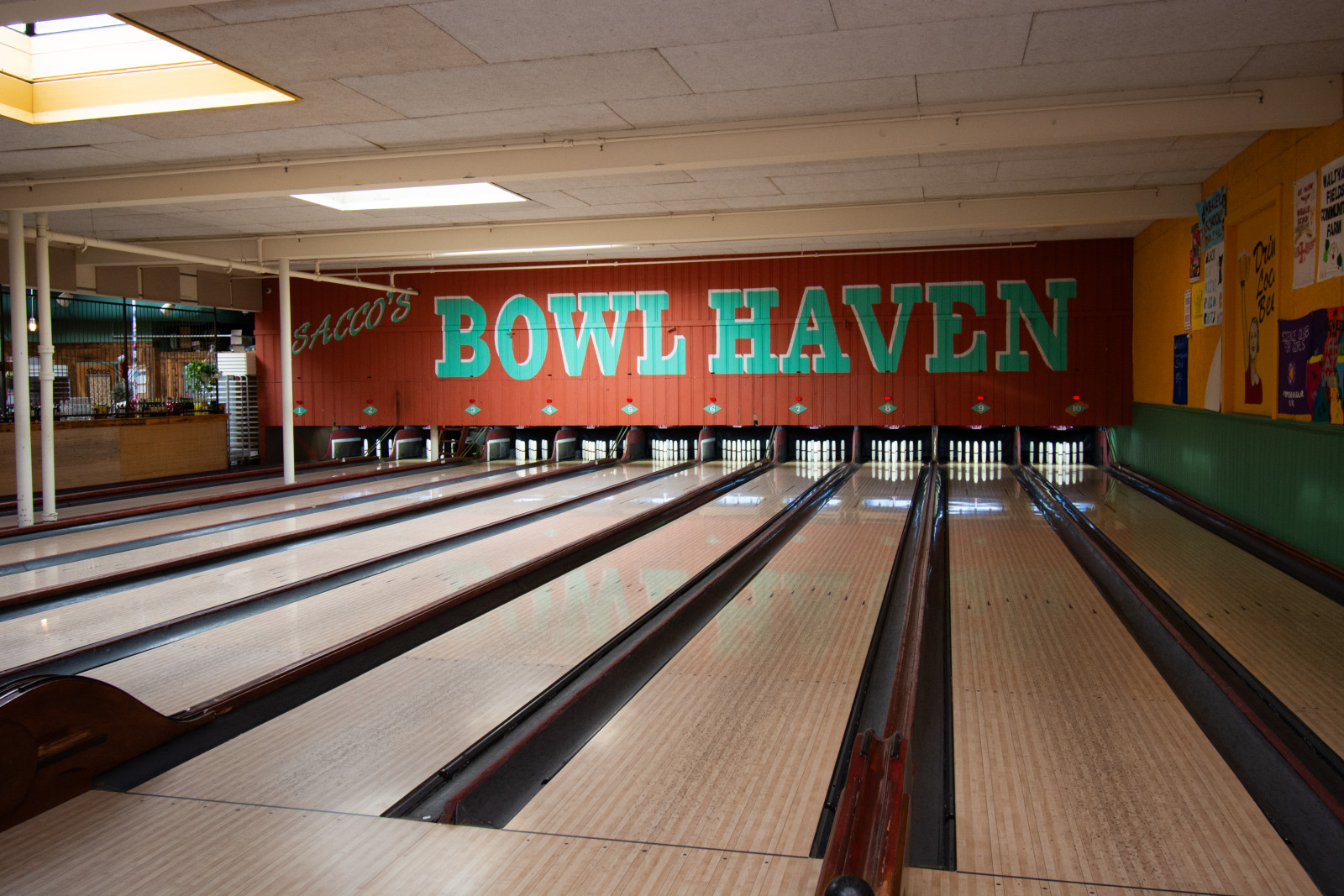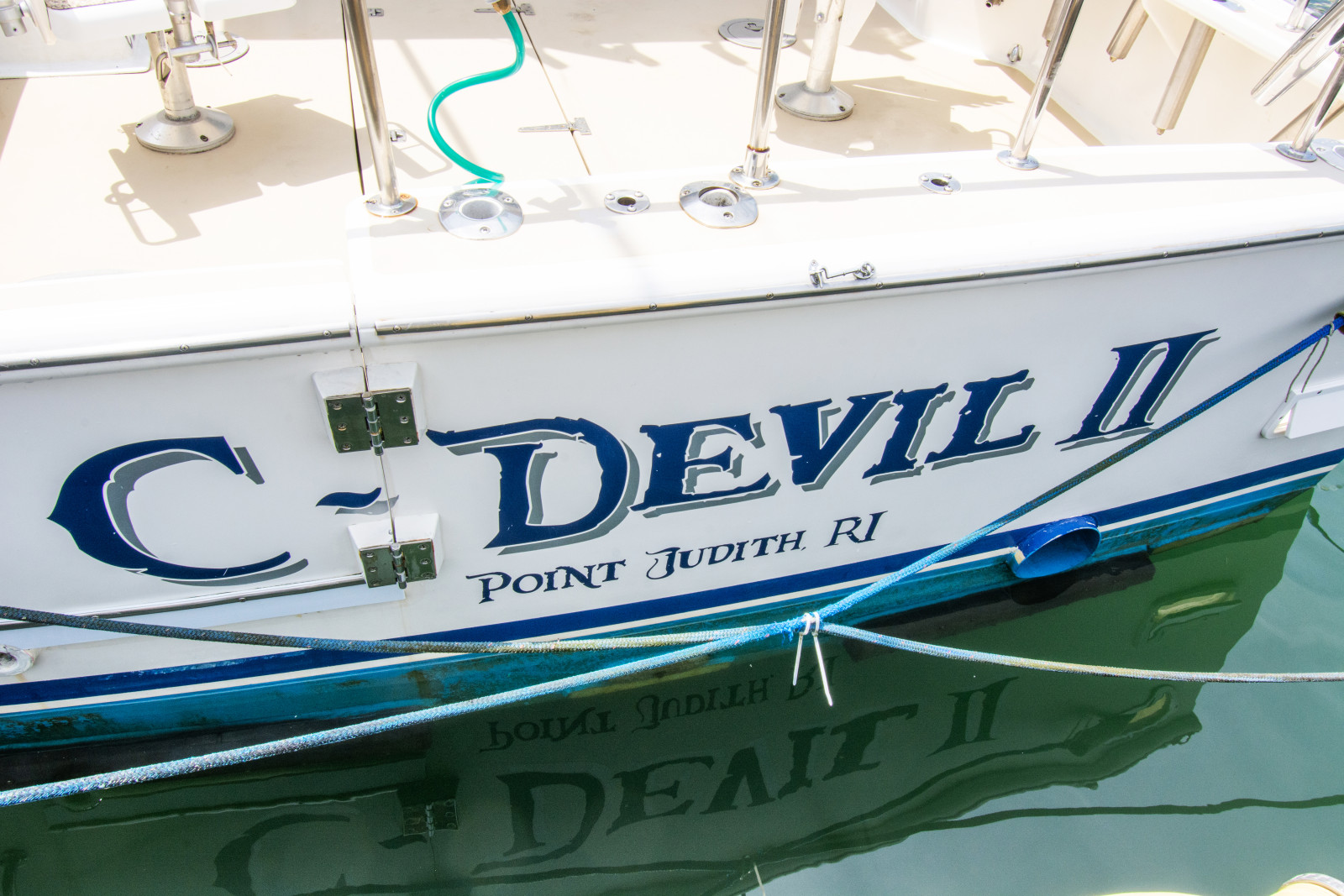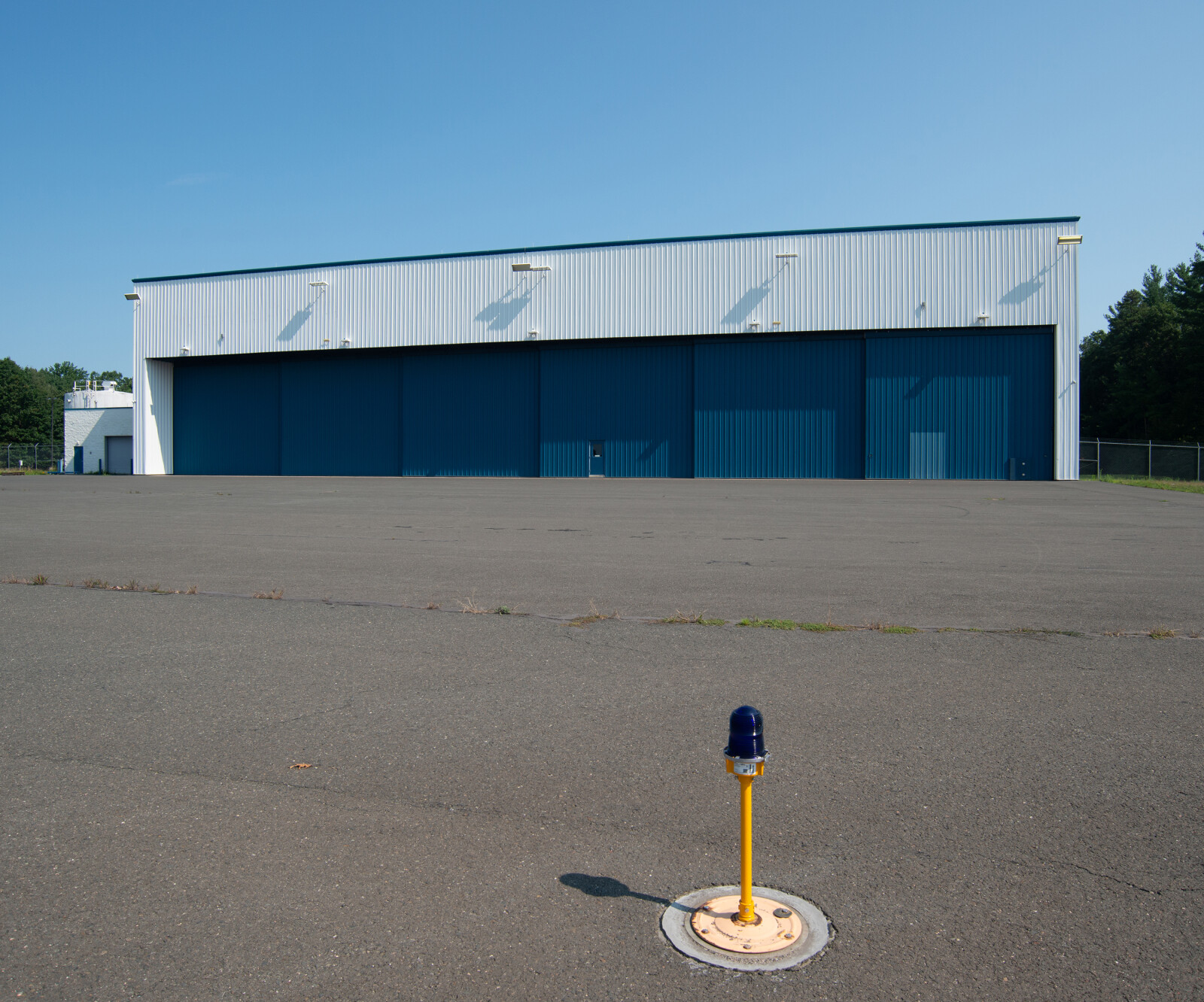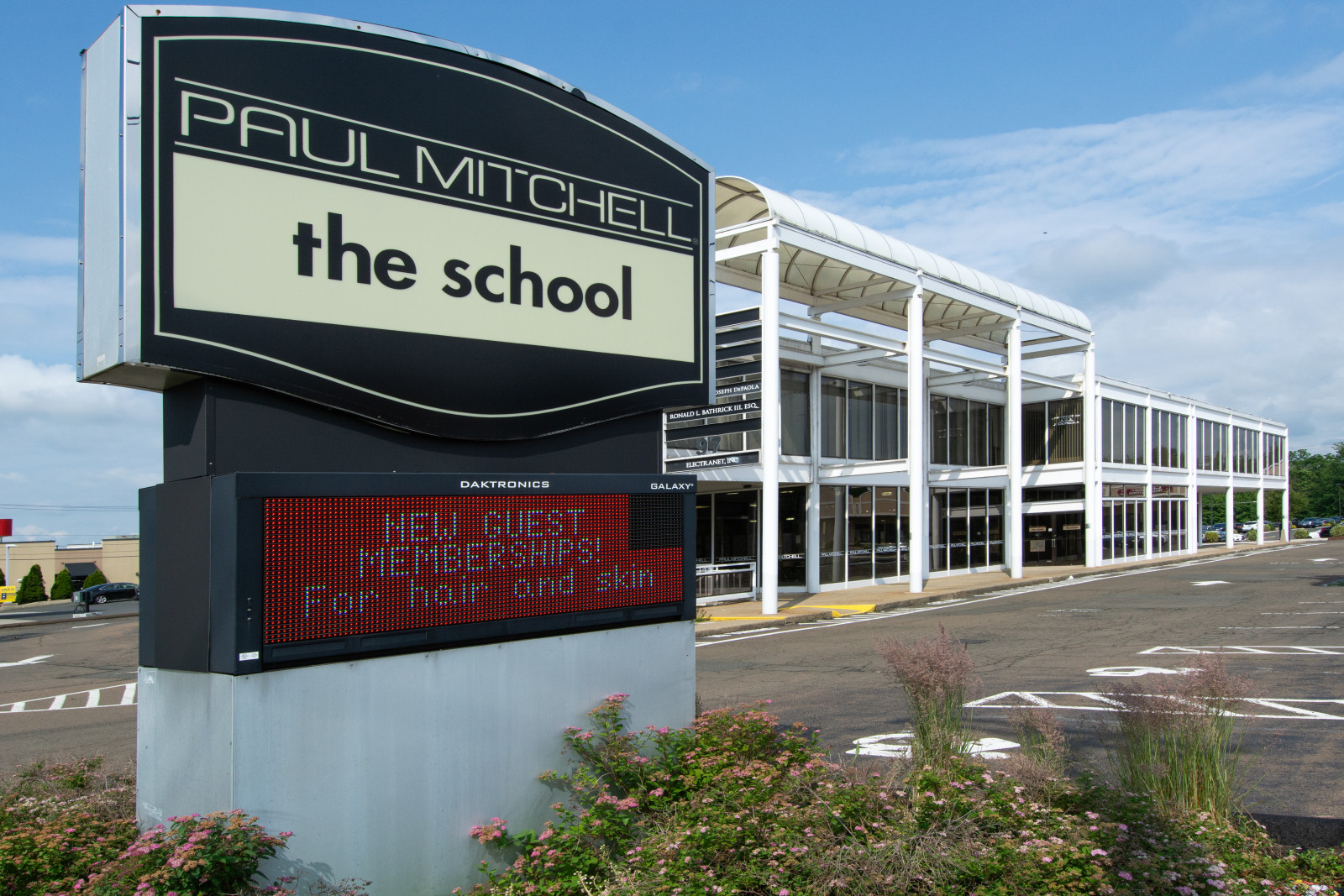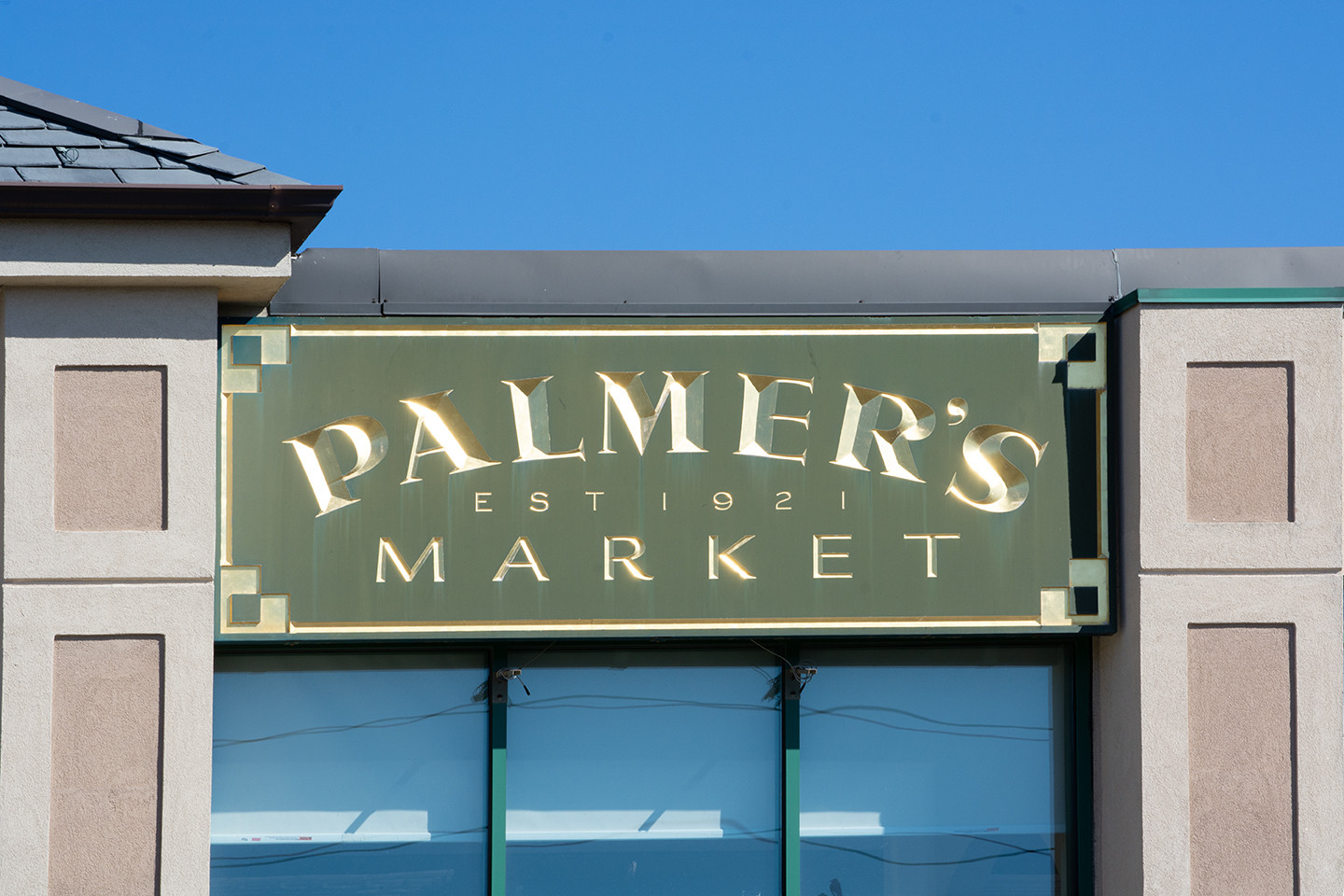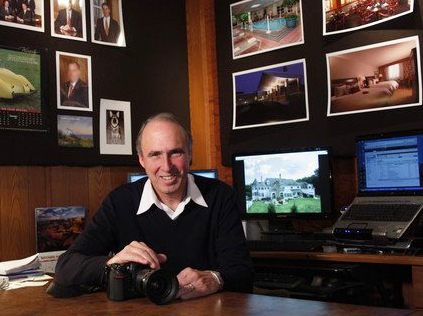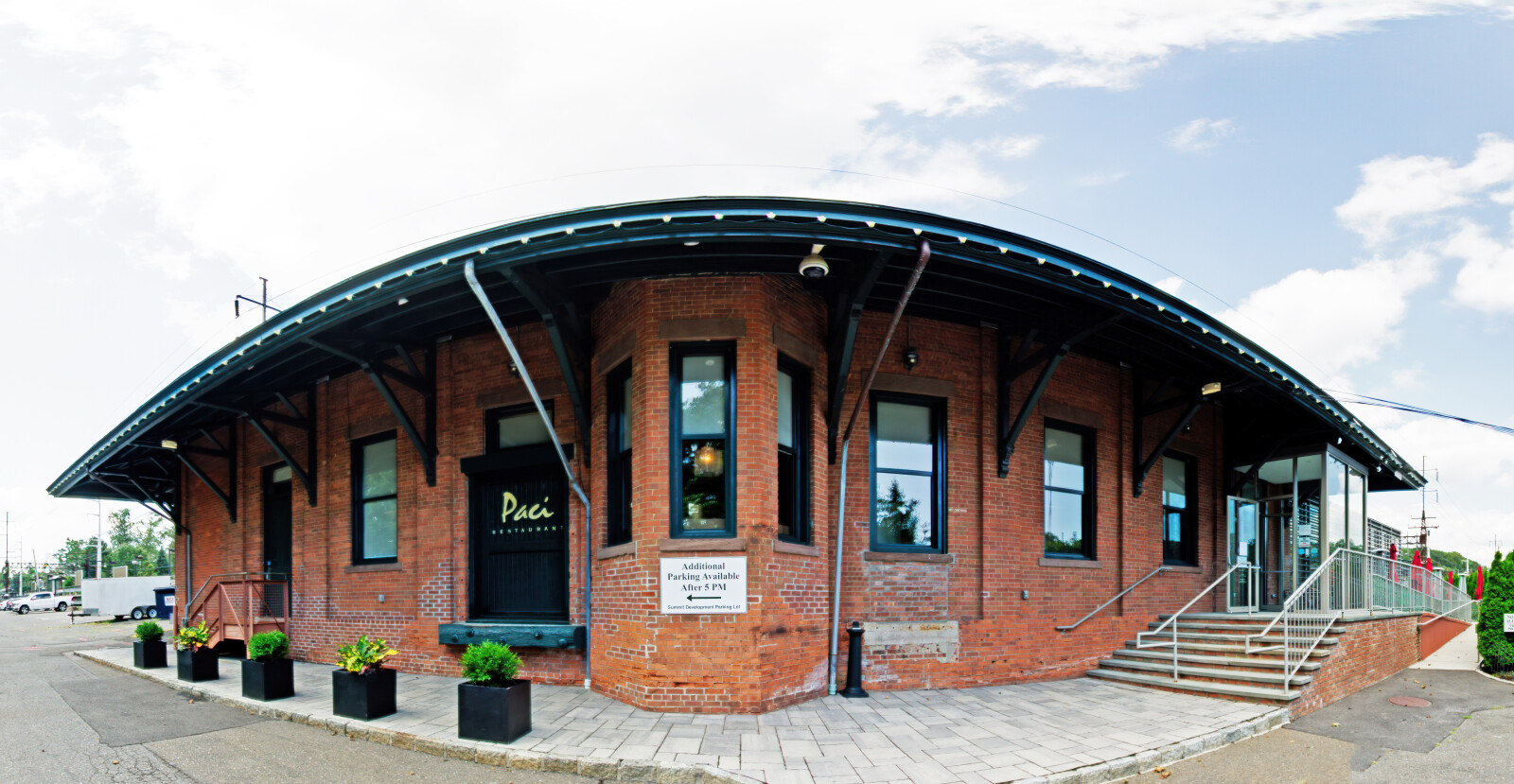
From time to time something can go terribly wrong on a photo assignment that has nothing to do with my photography gear failing, or a big mistake I made.
On a bright sunny Monday in August, I was assigned to photograph a beautiful restaurant in Southport, Connecticut which is over an hour drive west on I-84. The Paci Restaurant is in an old renovated brick train station. The train platform is still there adjacent to the restaurant. The train mainly brings commuters to work in New York City and back home again.
On a bright sunny Monday in August, I was assigned to photograph a beautiful restaurant in Southport, Connecticut which is over an hour drive west on I-84. The Paci Restaurant is in an old renovated brick train station. The train platform is still there adjacent to the restaurant. The train mainly brings commuters to work in New York City and back home again.
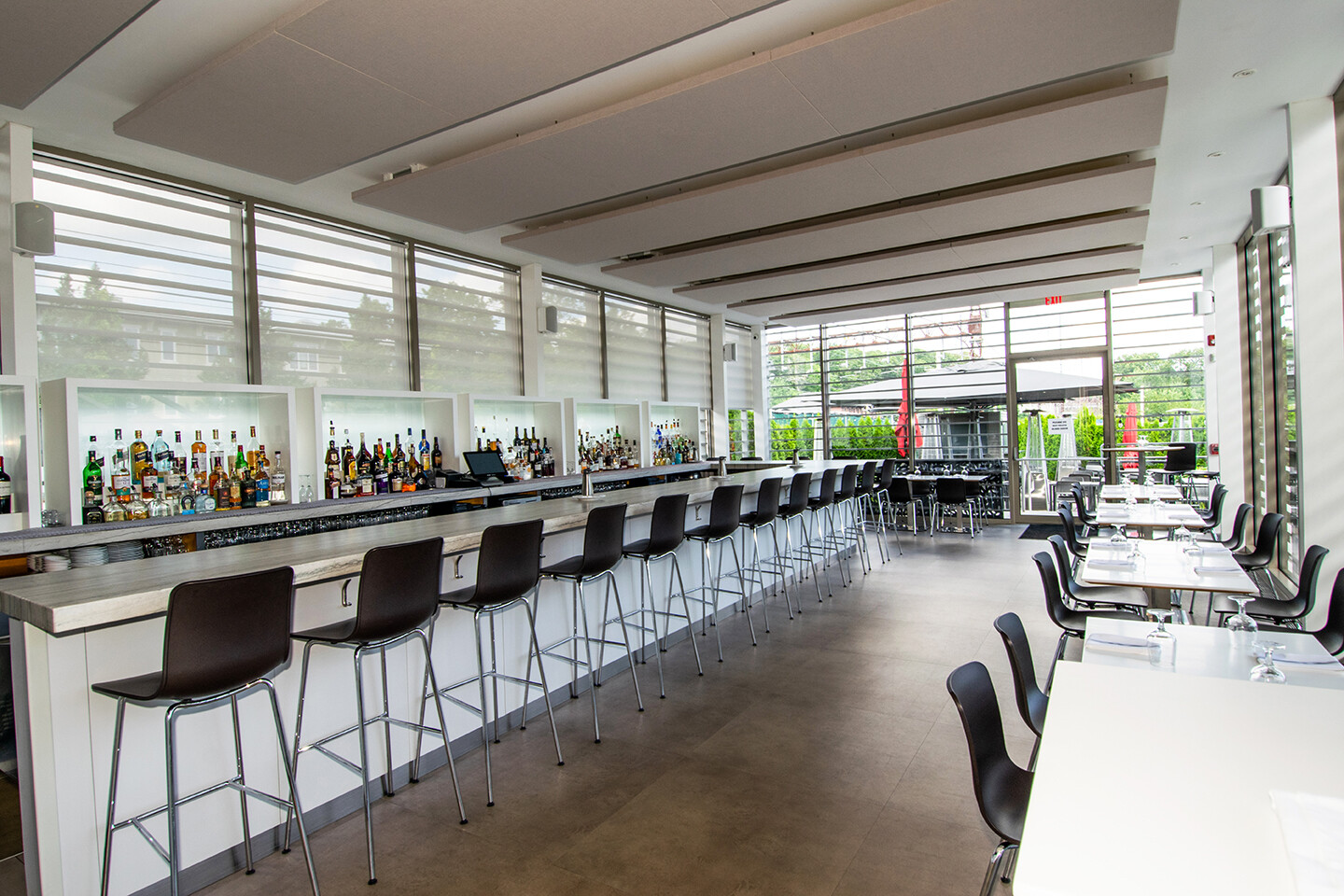
I introduced myself to the owner and I took a self-guided tour of the bar, outdoor patio, and the dinning rooms on the first and second floor to get a feel for how I would create the Google virtual tour and still photos. The restaurant was normally closed that day and it was set up nicely for photography.
As I started taking the still photos I was approached by the owner who was quite upset about a clock in the main dining room that wasn’t working. I told her that I would continue taking photos of the outdoor patio, and the bar area while she got it working again. She told me that the clock has always been a main feature of the restaurant's ambiance, reminiscent of the bygone days when the train station was in full service and I wouldn't be allowed to photograph the dinning room if the clock wasn't working. I didn’t remember seeing a clock anywhere in the dining room.
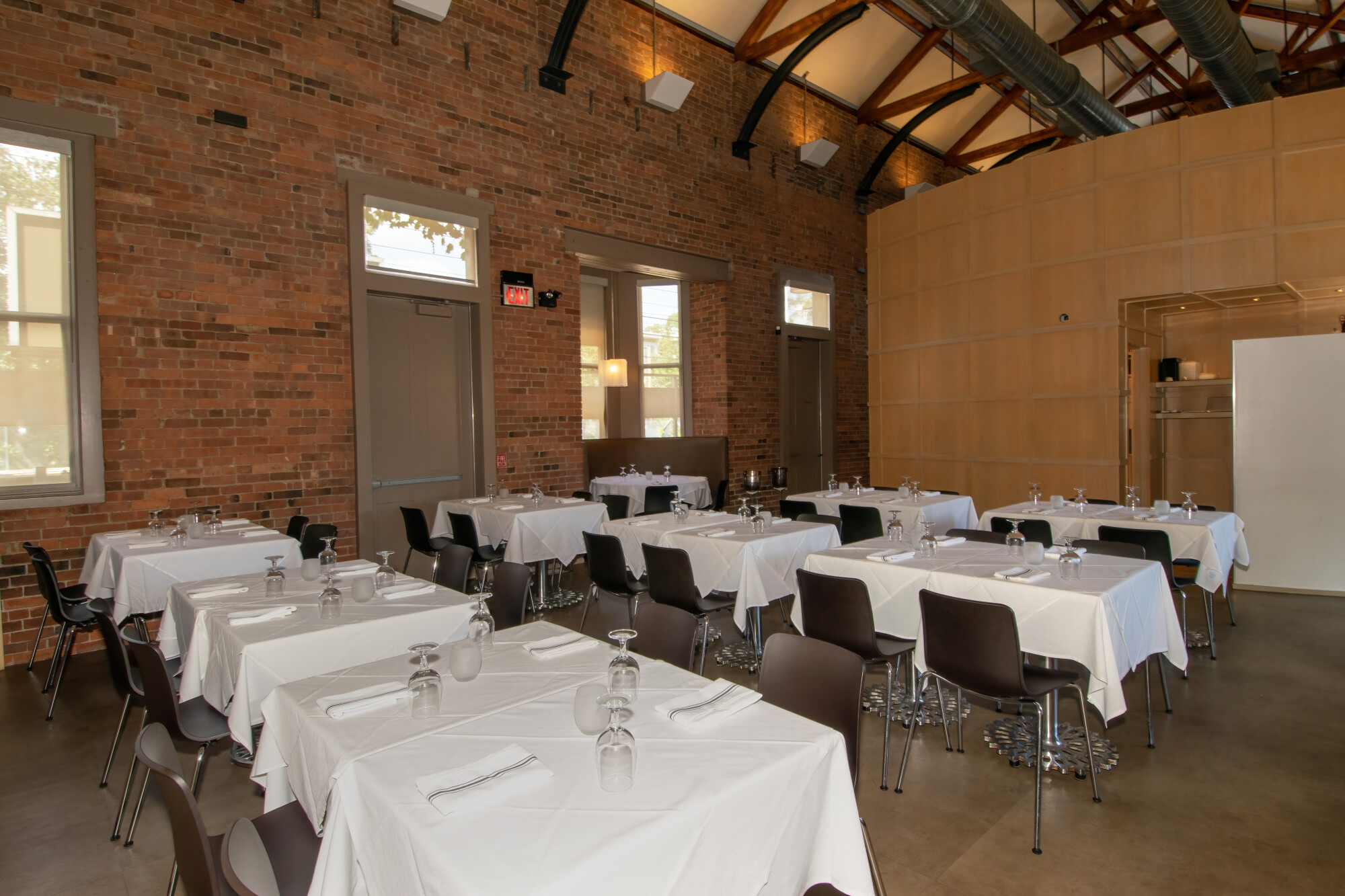
I had the sinking feeling that I would need to complete the assignment on another day, taking another one hour drive each way again, wasting half a day. Additional help was called in to diagnose the issue with the clock. As I eventually found out, the clock was virtual. It was a projection of a clock on the brick wall from a laptop computer. After a long wait it was discovered that the problem was a faulty HDMI cord that had frayed.
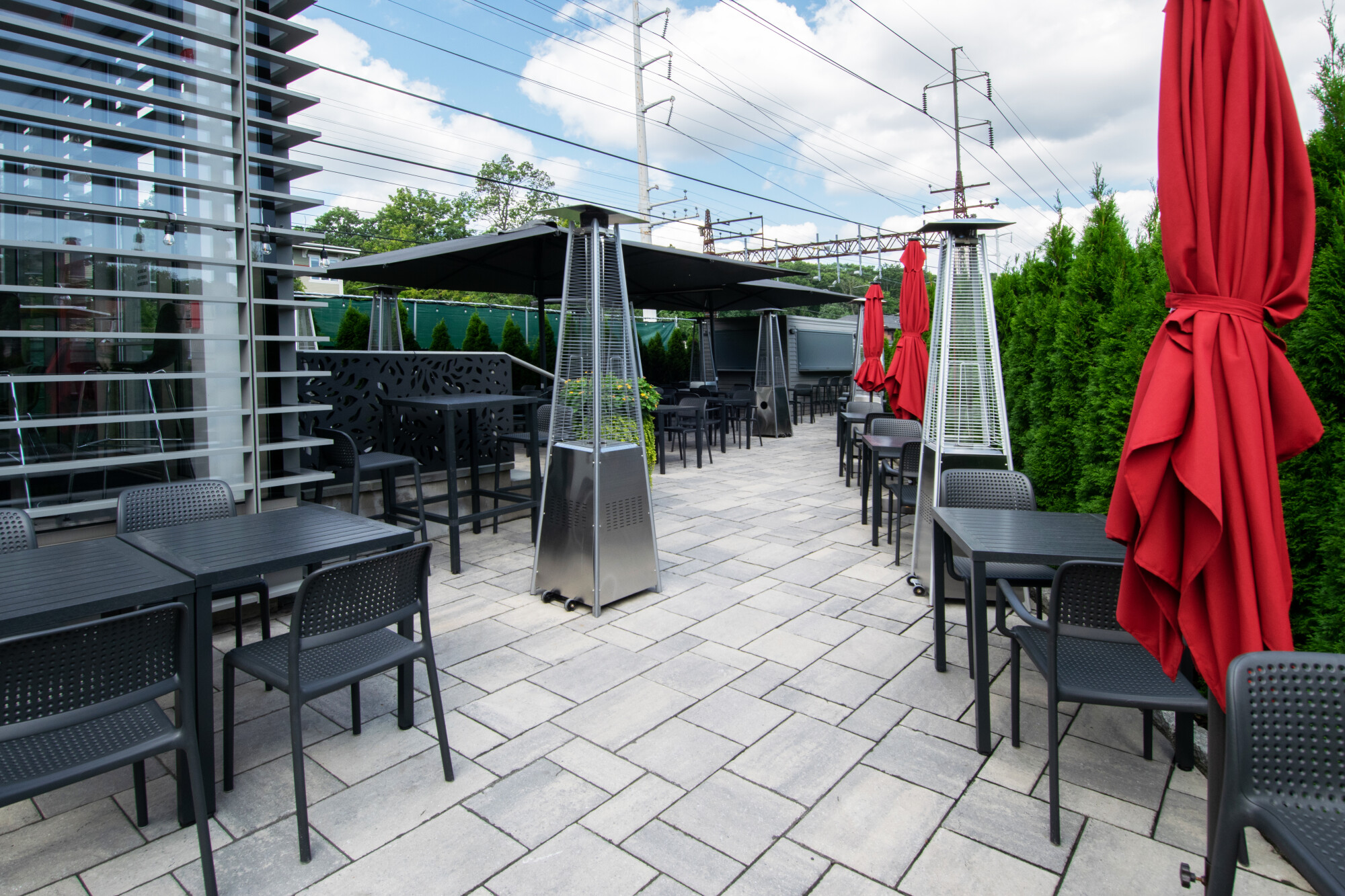
As you may remember from a previous post, I strive to have back up gear with me at all times. I happened to have a new HDMI cord in my camera bag which had come in handy when an owner of an auto dealership wanted to view the photos I had just taken, on a big screen tv in his office. Having it with me saved me from a rescheduled photo assignment this time. The virtual clock looked great; harkening back to the time when most people didn’t own a watch and trains were the main mode of long-distance transportation. The trains were always expected to run on time.
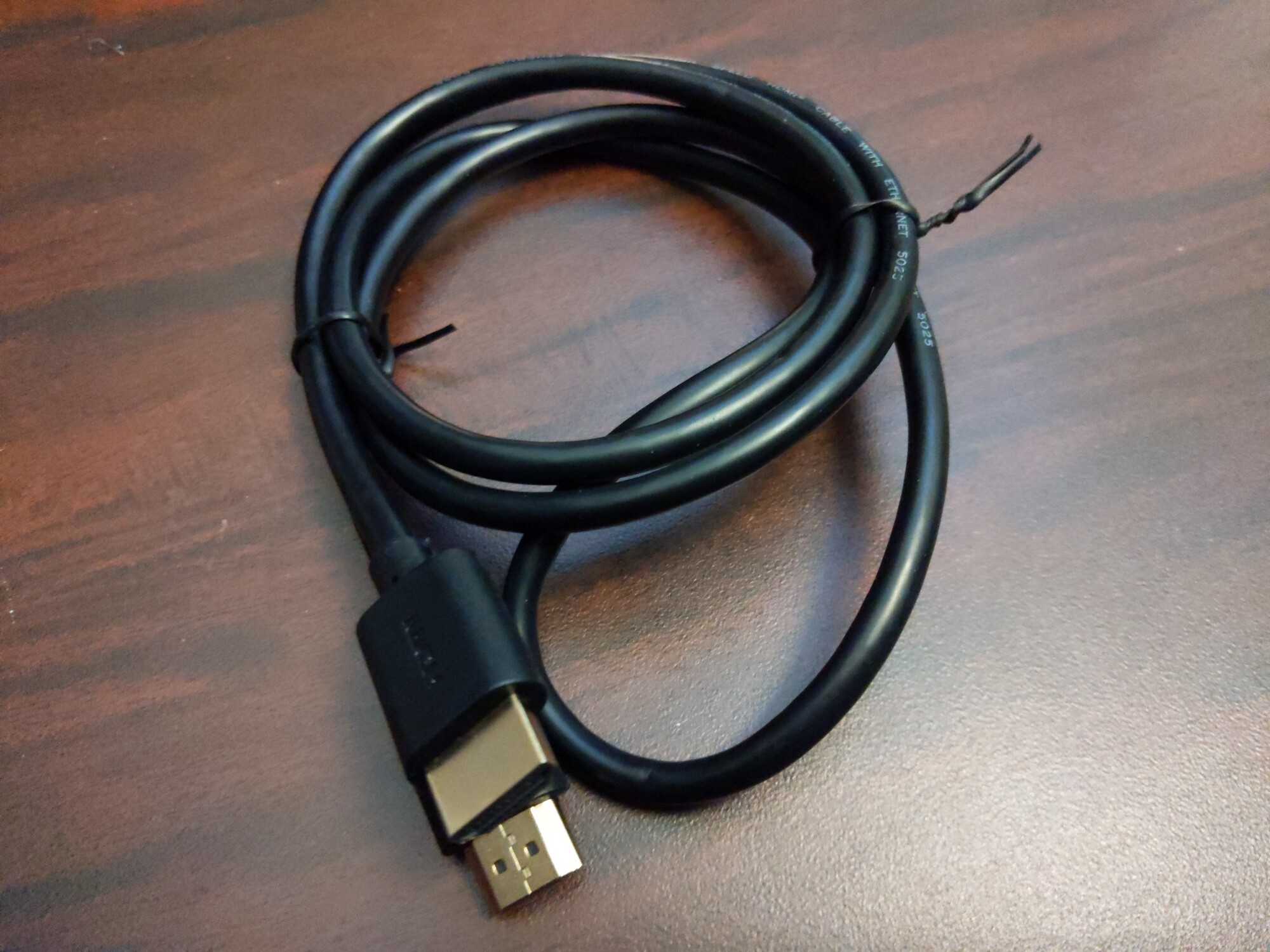
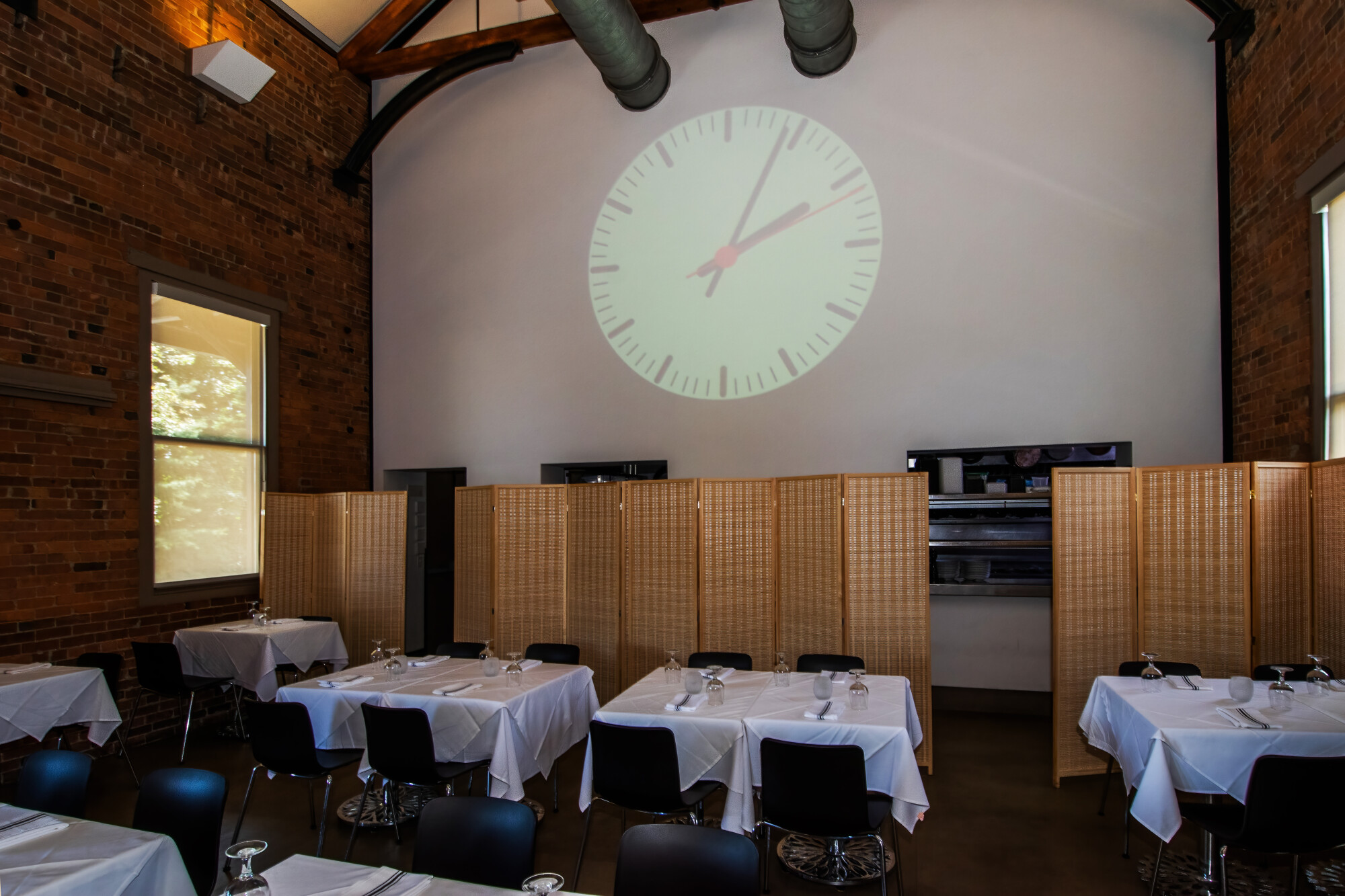
I happily worked my way through the restaurant photographing still images and panoramas which would go up on Google and Google maps. The owner told me that often couples would meet at the restaurant to have dinner after a long day at work and a train ride back home from New York City. You can take the virtual tour here: https://goo.gl/maps/vxxnDpBfFeANousm8
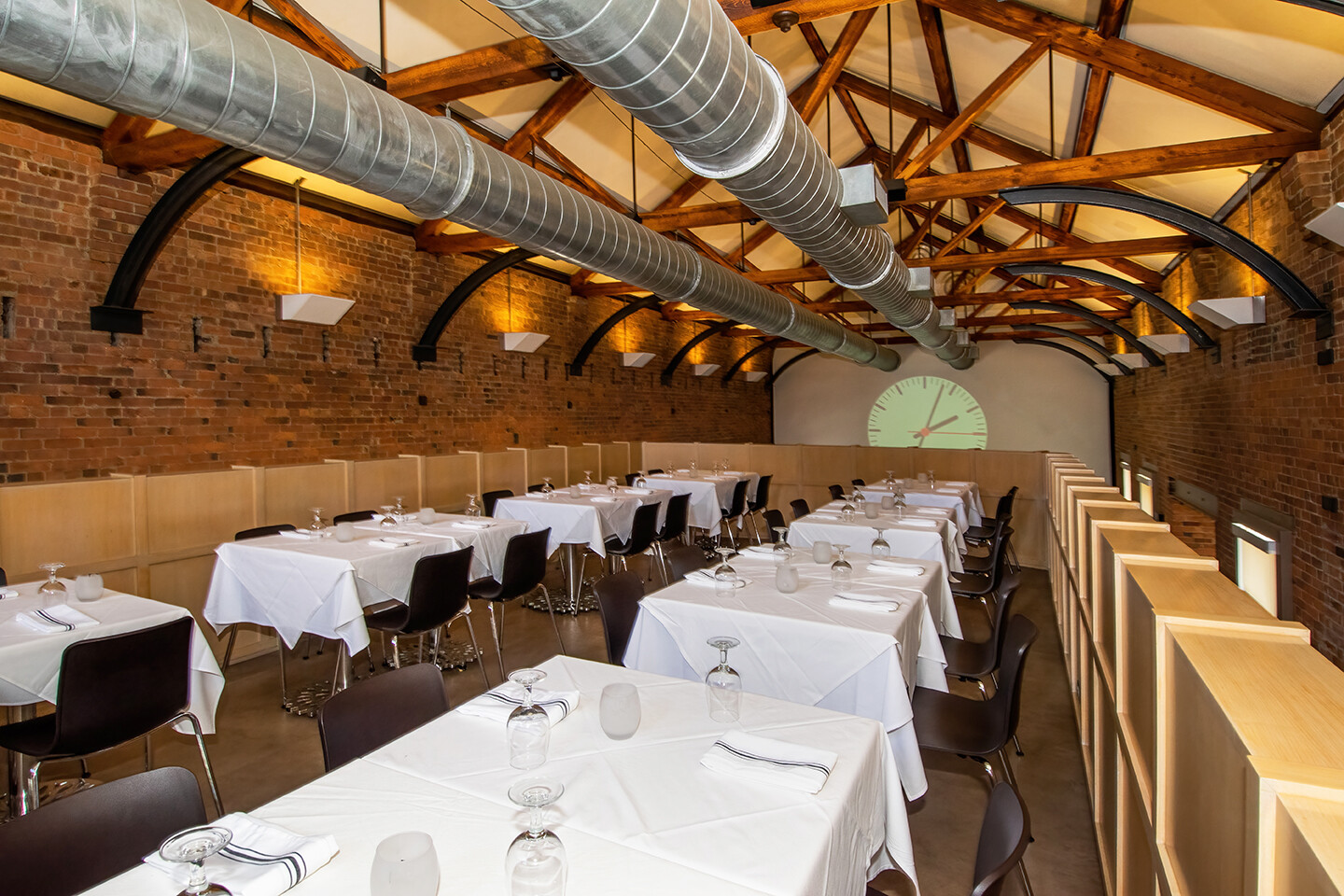
Despite the anxiety, this is why being a photographer brings me joy. I can’t think of a more pleasant way of spending the day than photographing a beautiful restaurant on a warm summer day, except maybe the time I got to photograph the marina in Old Saybrook, CT. http://info.2cimages.com/blog?search=perfect%20day
Tim Becker
Creative Images Photography
901 Main Street
Manchester, CT 06040
860-528-7818
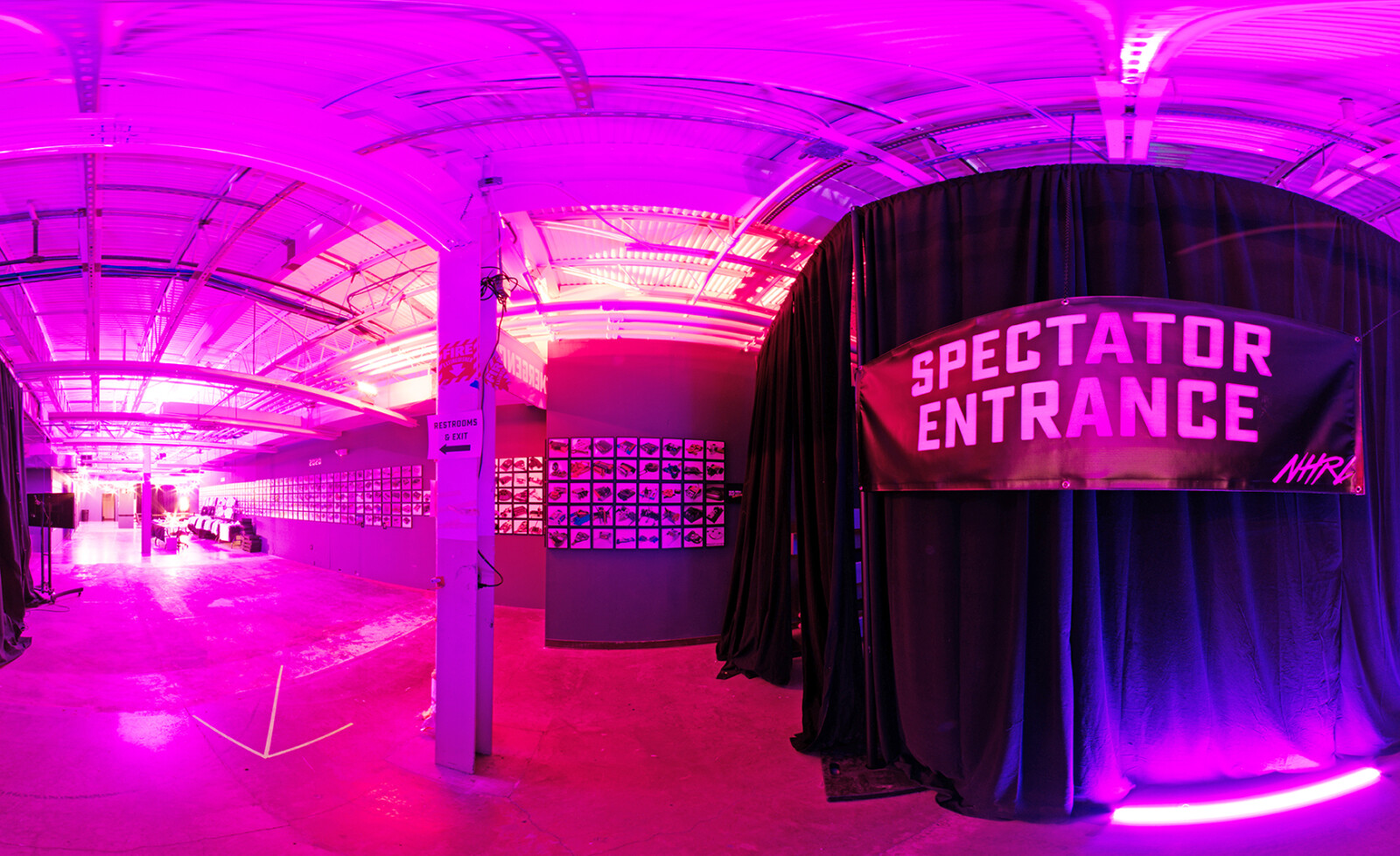
For readers receiving my blog for the first time, I’m Tim Becker, a Connecticut based commercial photographer. Every month or so I share an interesting photo assignment or my thoughts about photography. Please feel free to unsubscribe if you would like to be removed from the distribution list.
As a commercial photographer I have enjoyed many opportunities to experience places that I normally would have never seen: like the view from the roof of city skyscrapers, underground tunnels, sewer culverts, construction sites, and the inside of factories where things are made. I have photographed in beer breweries, foundries with sparks flying, plating plants, plastic injection molding facilities, industrial painting plants, and many factories that machine and form steel, aluminum, brass and exotic metals. I always enjoy making interesting photos and videos of these fascinating places. It’s fun!

In July I experienced another first. I was asked to photograph Norwalk Havoc Robot Combat: http://www.50day.io/ where robots engage in combat. The huge warehouse type building is divided into a spectator area with several arenas where robots do battle, the pits where the robots are repaired and readied for combat, and there is even a green room (it's really a pink room) for combatants to relax prior to their match. You can take the Google virtual tour that I produced here: https://goo.gl/maps/bNAf4dET7vnsdjJZA
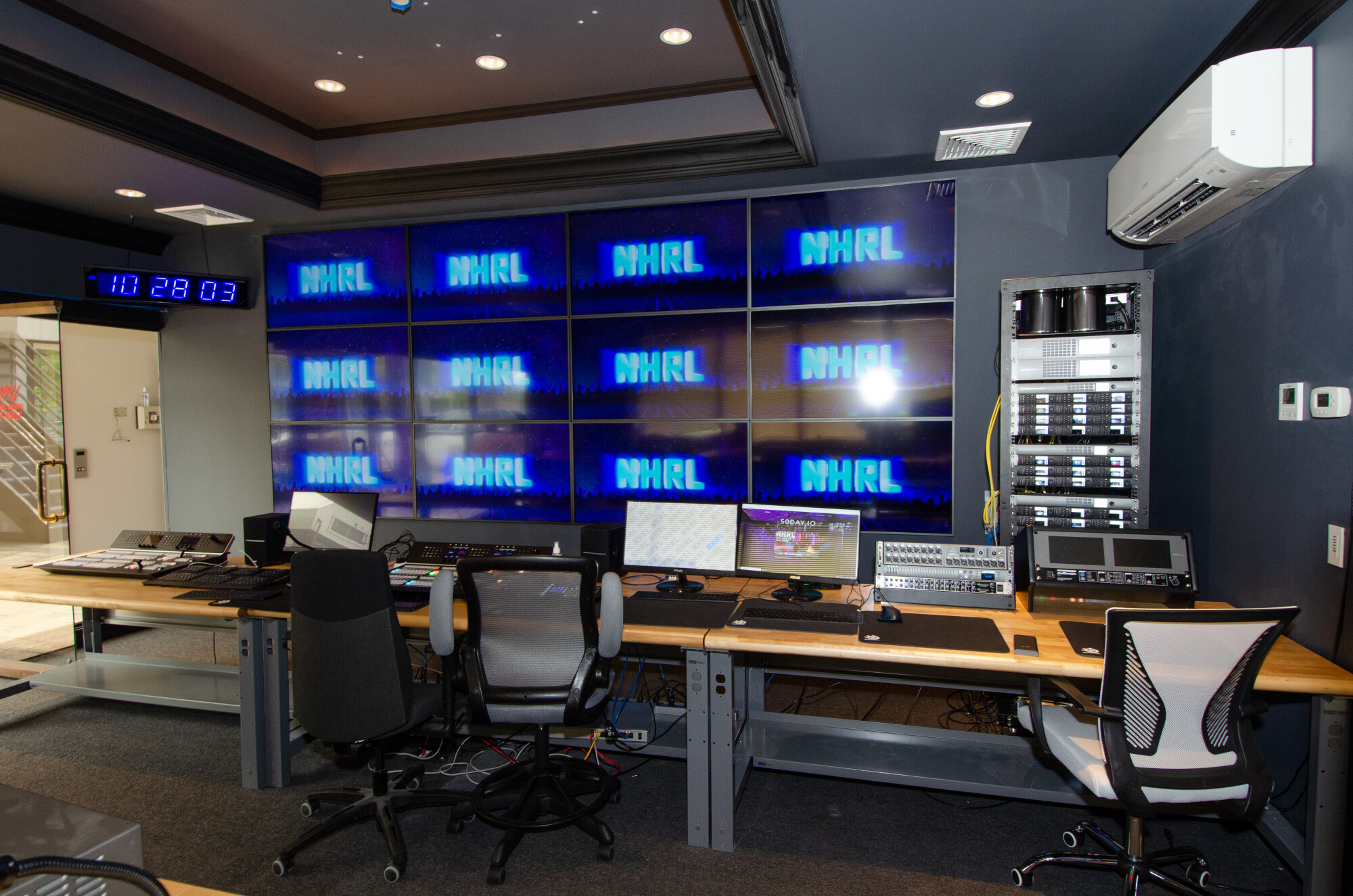
There is also a large video control room where the live broadcast of the matches and commentary by the two play by play announcers is directed. There are three weight classes: 3, 12, and 30-pound robots. The bouts last 3 minutes, however an addition 30 second encore can be added by the panel of three judges, if the match is particularly exciting. The judges decide on the winner by how well the robot is controlled, attacks and dominates the match, and by how much damage is done to it's competitor. A “knockout” is called if a robot is unable to show controlled locomotion for ten seconds.
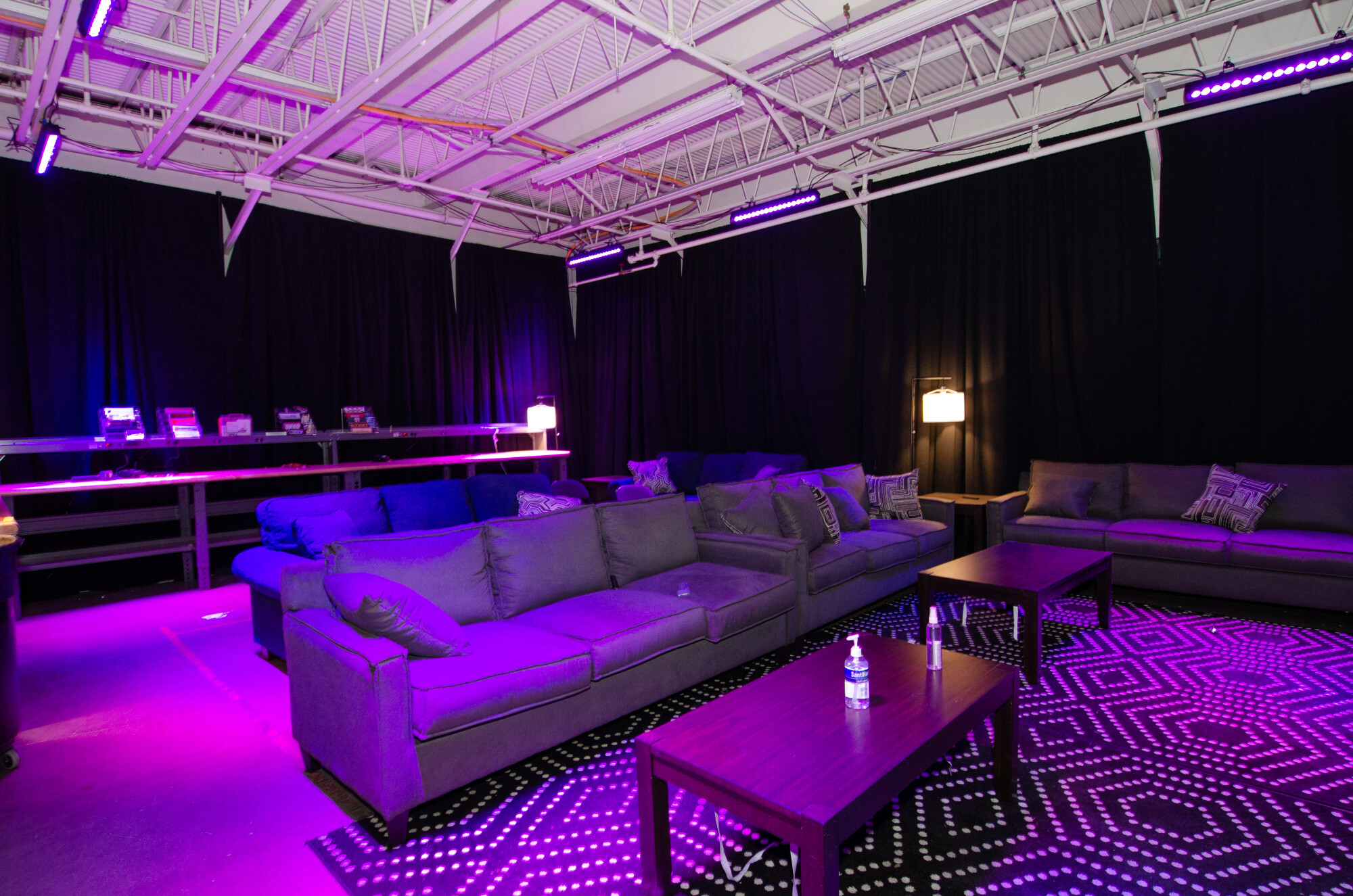
Robots that fly or hover, crush other robots, use fire and heat or compressed gasses as a weapon are all allowed.
I asked if there is a fee to enter a robot to fight and was told “it is free, this is our owner's hobby.”
If you would like to watch the ten-hour July 2021 event on YouTube the link is here: https://www.youtube.com/watch?v=DtlIWhSw7yQ
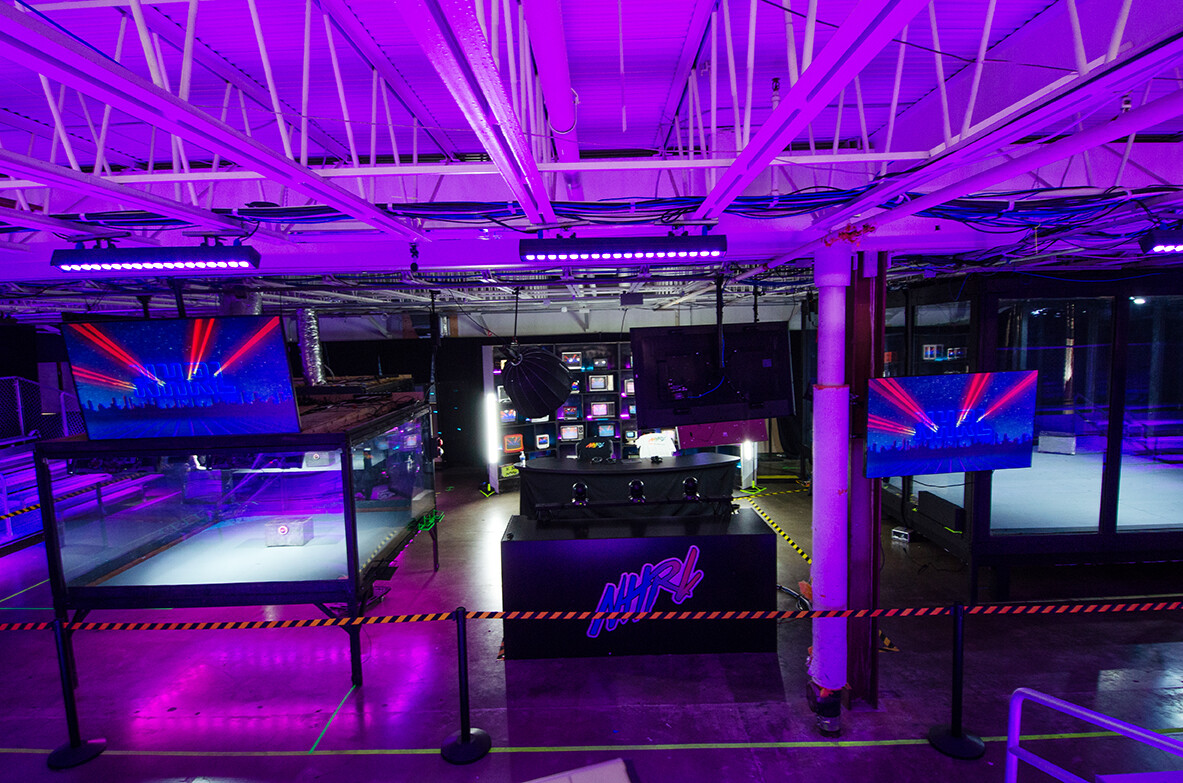
I never know where my my commercial photography assignments will take me. The enthusiasm level of the employees preparing for this event was very high. I was told that several college admissions recruiters will be attending the July event to meet some of the future engineers and industrial designers from all over the US who come to Connecticut to compete in this hobby.
Norwalk Havoc Robot Combat is located at 165 Water Street Norwalk, CT. Anyone who would like to attend an event in person, there is another event scheduled for Saturday September 18th . The fee for spectators is $10. Robot combat is fun to watch, and no one gets hurt!
Tim Becker
Creative Images Photography
901 Main St.
Manchester, CT 06040
860-528-7818
tim@2cimages.com
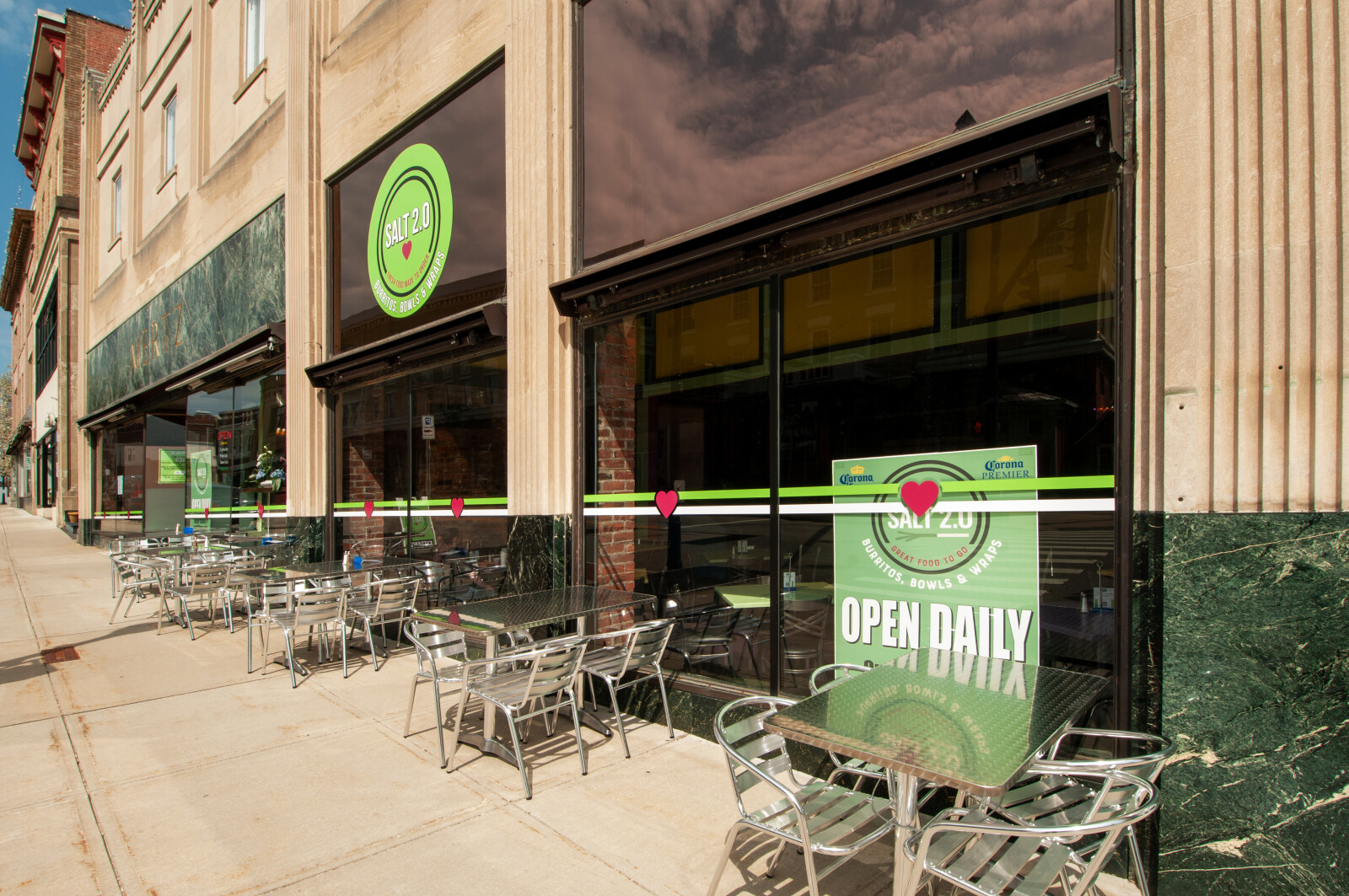
Torrington , Connecticut https://en.wikipedia.org/wiki/Torrington,_Connecticut, is a former mill town in the northwest hills of Connecticut along the Naugatuck River Valley. Torrington is not usually known for fresh seafood, like the towns along the Connecticut shoreline; but that has changed. I was recently asked to photograph the new Salt 2.0 restaurant https://salt20togo.com/ which is owned by Brook Noel and Andy Stowers, located at 84 Main Street in the former Mertz Department Store building, They also own the Saltwater Grill in nearby Litchfield.
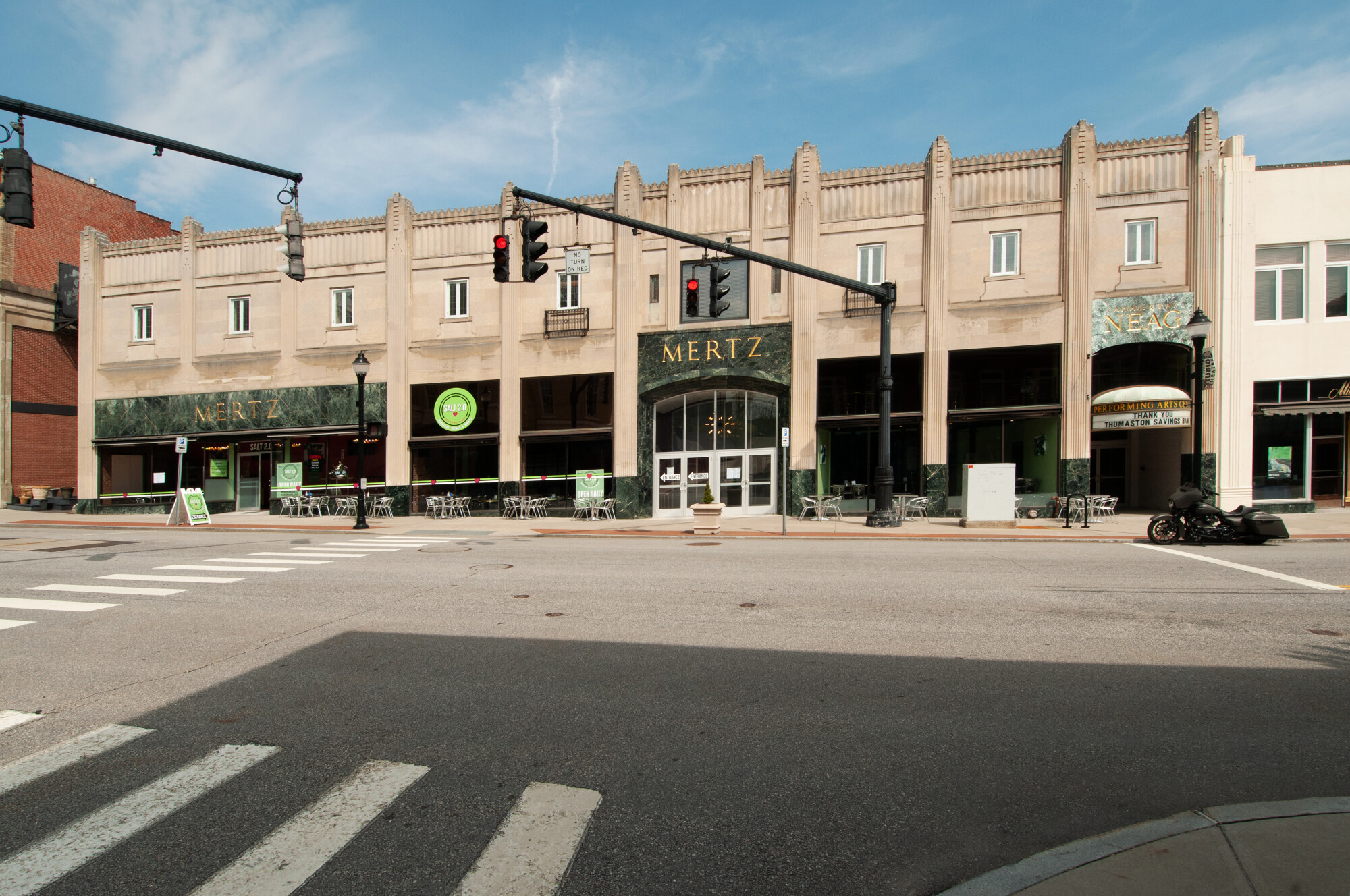
Connected to the restaurant in downtown Torrington is the restored Warner Theater, which has 1700 seats and was built in 1931 by Warner Brothers as a first run movie theater.
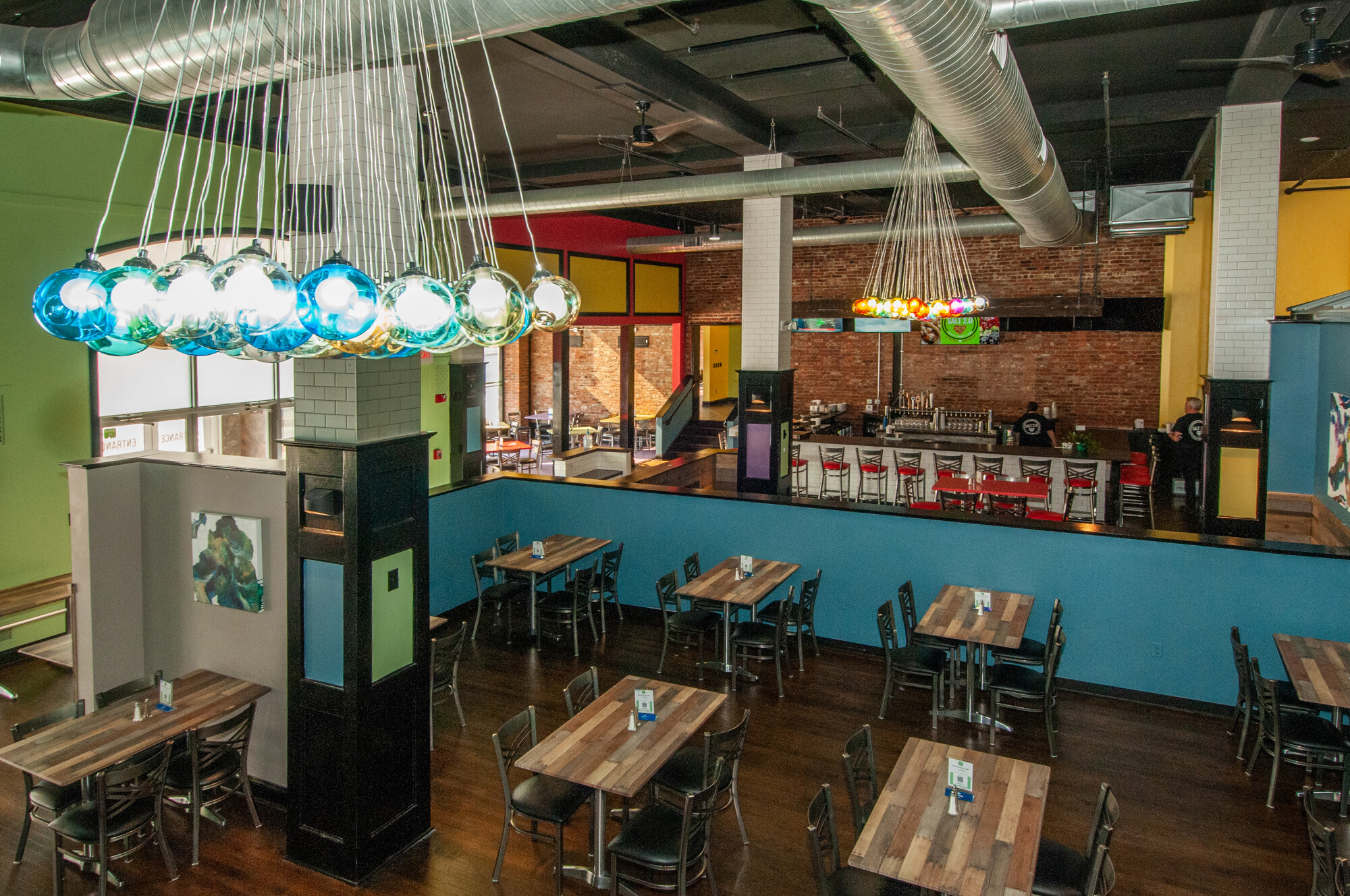
Andy gave me a tour of the newly renovated restaurant and I was very impressed. Everything was brightly colored and shiny. There is also a second-floor dining room that overlooks the main dining room and bar. Even the lighting fixtures are amazing. This was going to be a fun assignment!
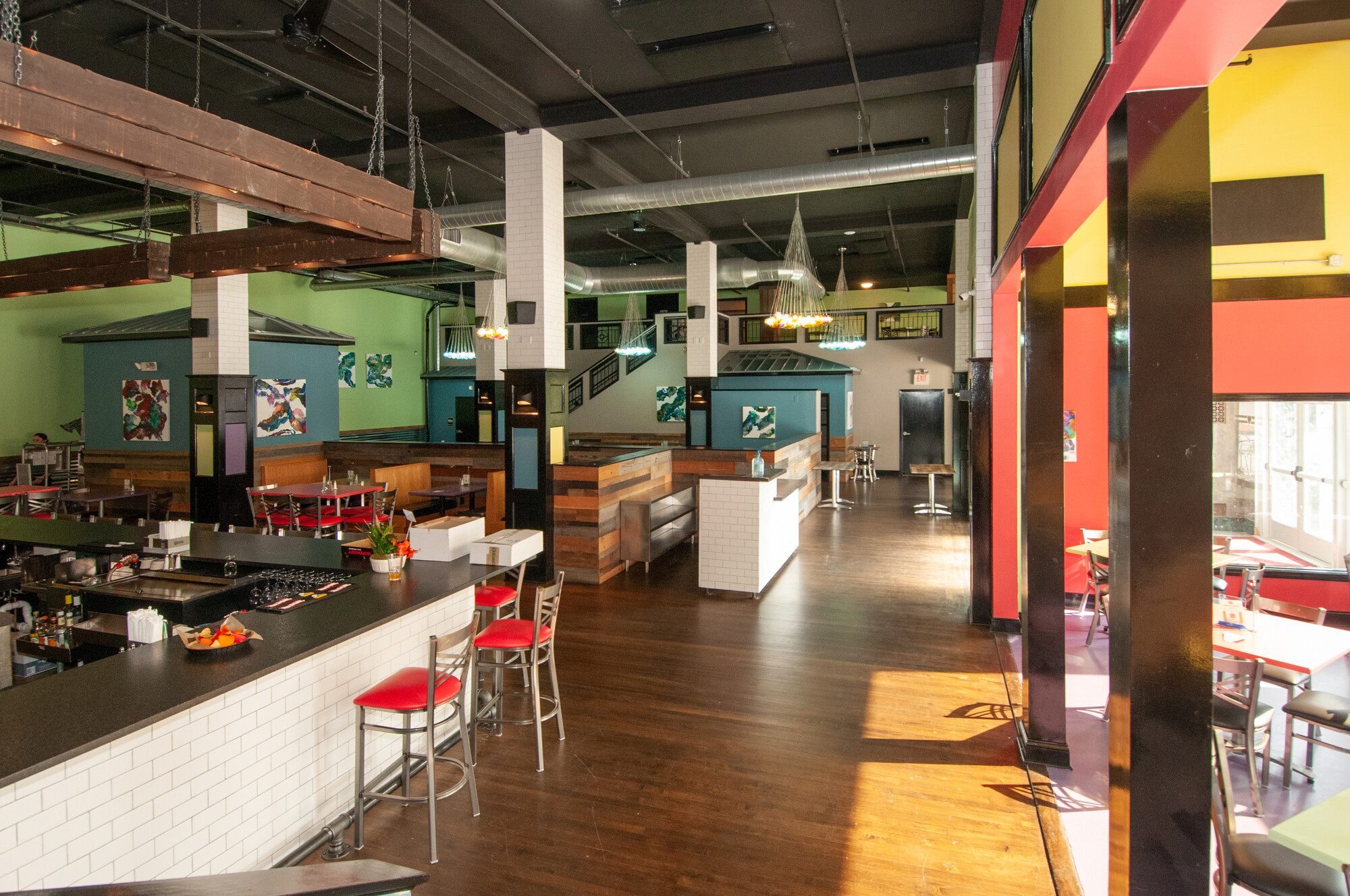
It also was a perfect weather day with bright blue skies and wispy clouds. I started taking the exterior still photos and then worked inside. I went back outside to produce the virtual tour along the sidewalk where there were numerous outdoor tables. Next I worked my way through the take-out area, bar, three main floor dinning rooms and finally the second-floor dining room. You can take the tour here: https://goo.gl/maps/mJcxUjVS24nHTFbPA There is an "elevator button" in the lower right hand corner to reach the second floor virtual tour.
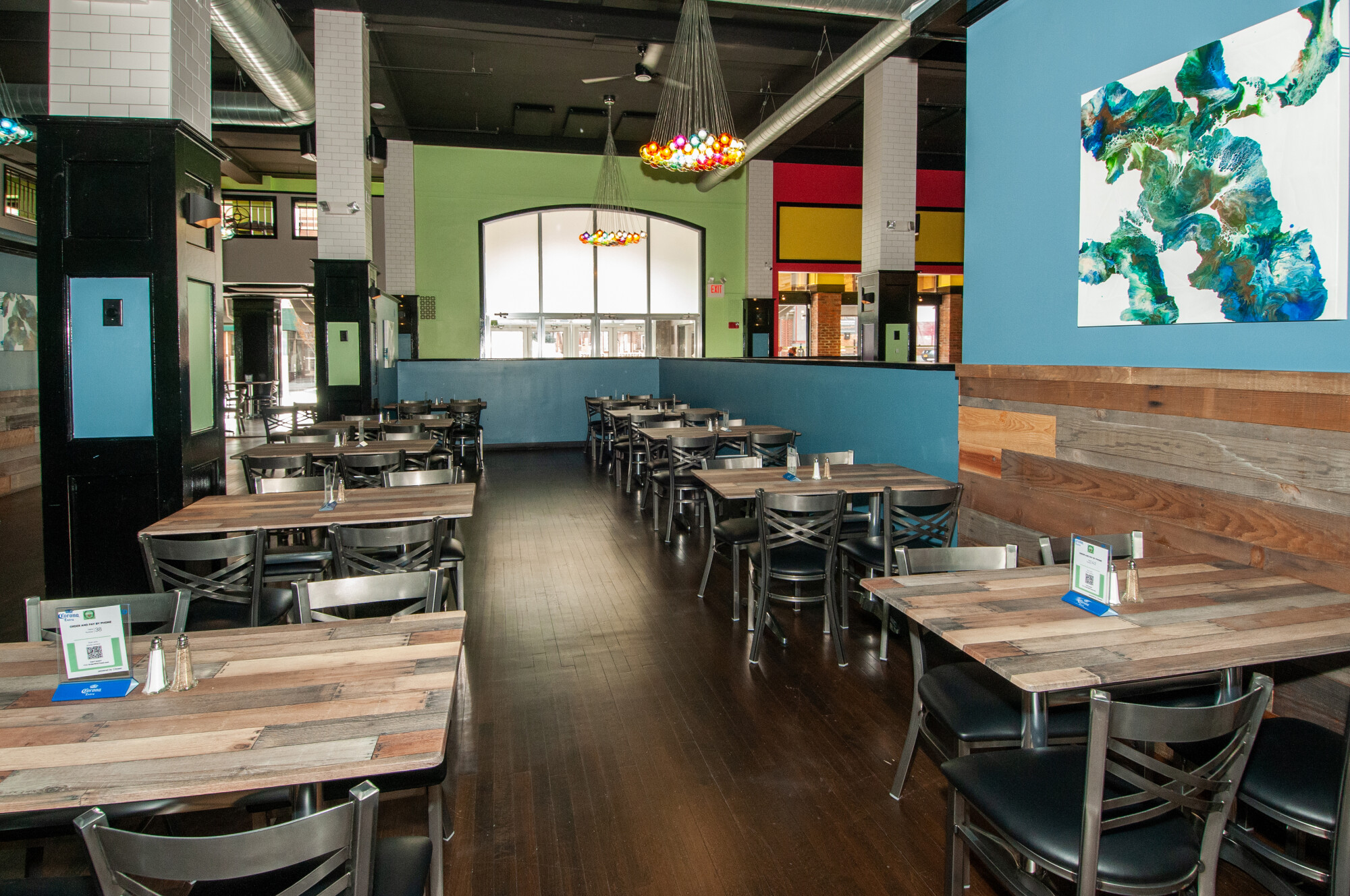
It was late afternoon before I was done, and I headed east back to Manchester along scenic Route 4. I am looking forward to visiting again without my cameras; but with a hearty appetite for seafood and chowder!
Tim Becker
Creative Images Photography
901 Main St.
Manchester, CT 06040
860-528-7818
tim@2cimages.com

I particularly enjoy photo assignments that involve meeting and photographing independent business owners. Entrepreneurs are a special breed of risk takers who make their dreams a reality, despite adversity. On a recent Google virtual tour assignment, I met Shari Boyaji owner and Director of Glastonbury Dance Center https://glastonburydancecenter.com/
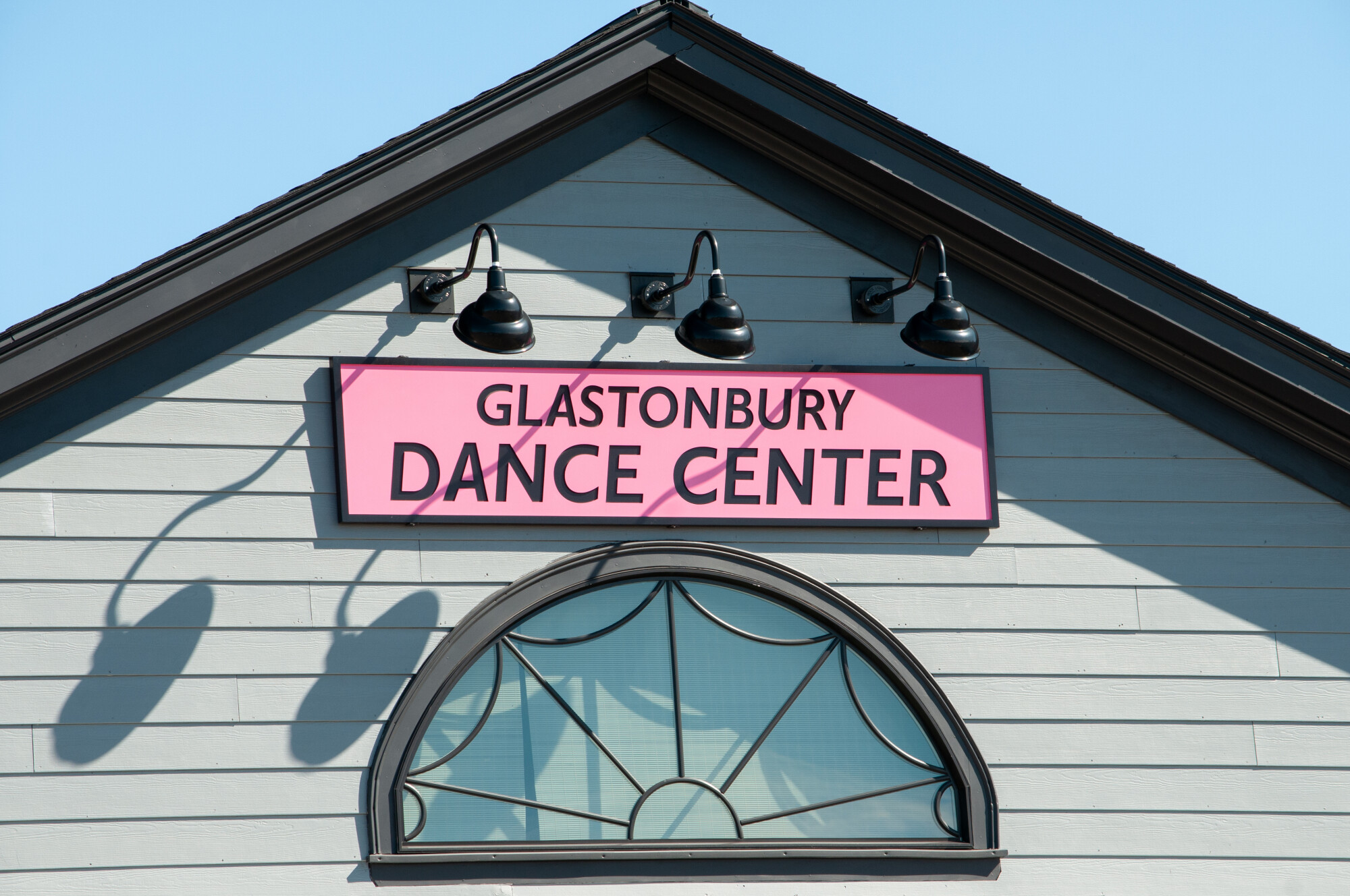
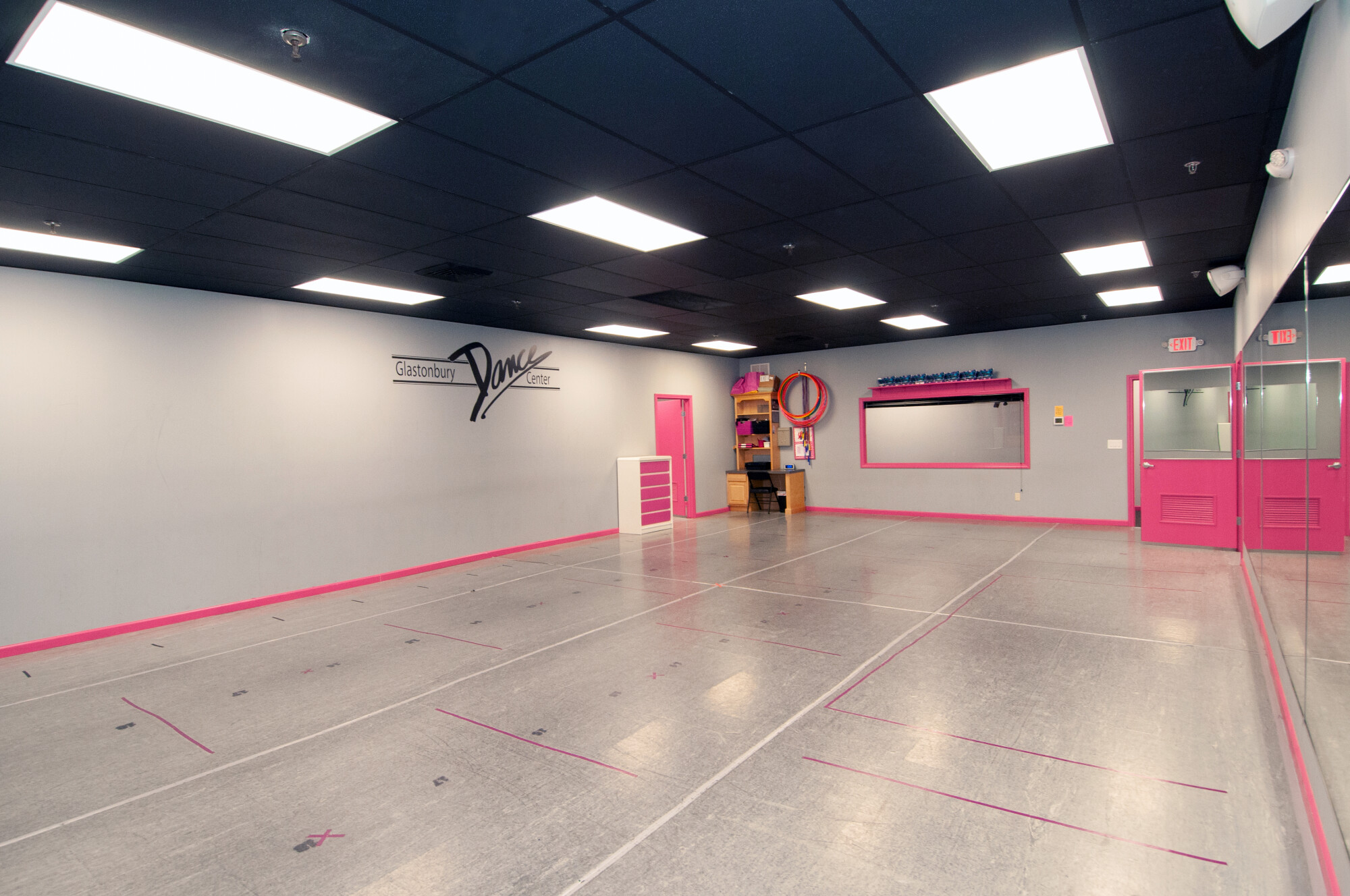
We discussed how we got our businesses through 2020. I was impressed to hear that Shari was quick to pivot to on-line dance classes and that she was able to keep her entire staff employed through the pandemic lockdown. Shari told me that she has been a dance instructor for over 25 years.
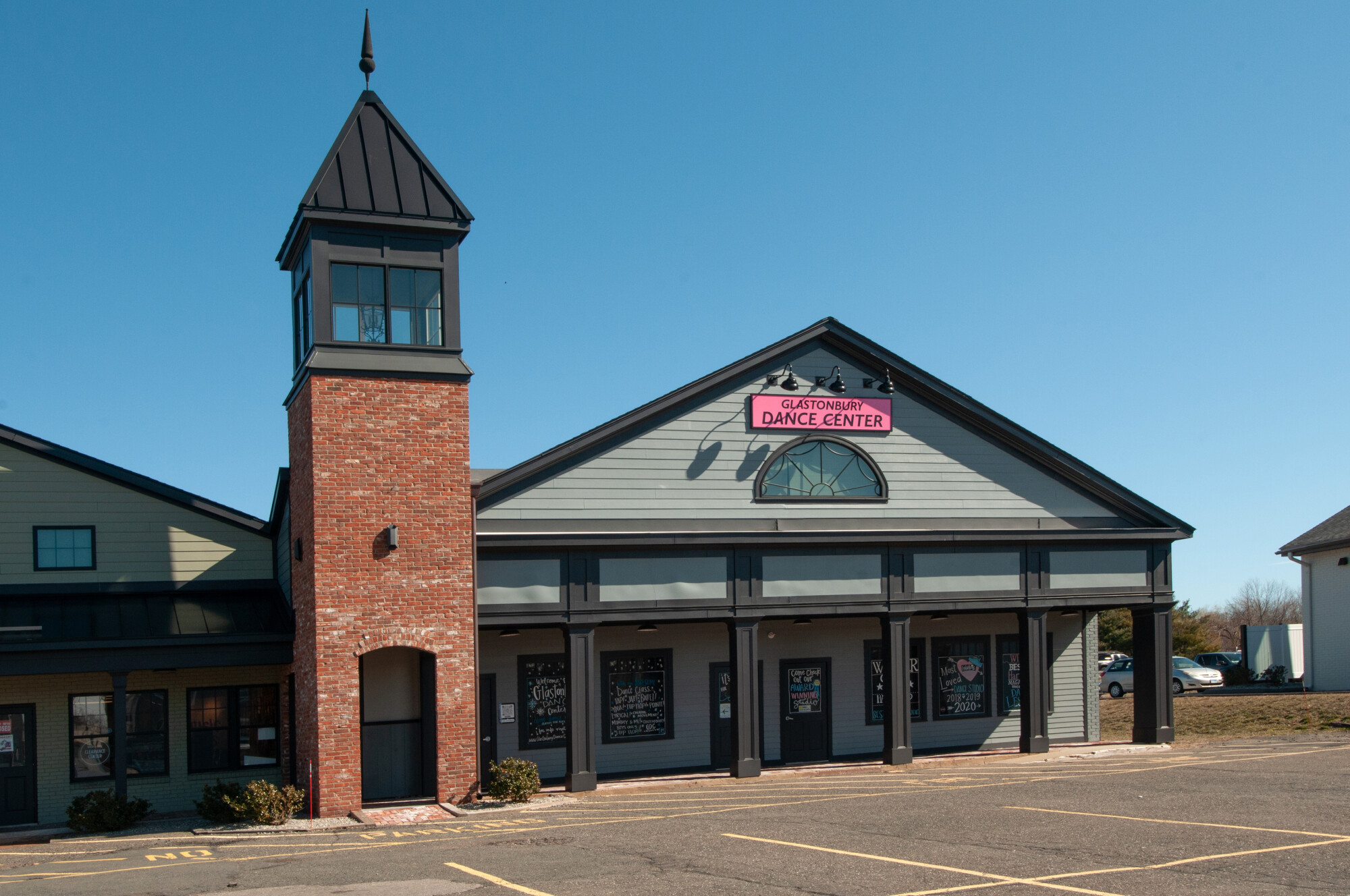
Normally I spend about an hour photographing a small business. You can view the Glastonbury Dance Google virtual tour here: https://goo.gl/maps/zuyfgCatZHAzvaes9 I take five panoramas that are connected to create a virtual walk-though of the business and then I take about ten still images of the business interior, exterior, and signage. When I viewed the mirrored studios at Glastonbury Dance, I knew this photo assignment would be challenging. After discussing with Shari what still photos she wanted, I realized that this would not be a routine assignment.
I keep a complete set of flash lighting equipment in the trunk of my big Ford Crown Victoria and I always take the time necessary to properly light a subject. I am very fussy about lighting. The first challenge was a photo of the vast array of trophies from dance competitions won by Glastonbury Dance Center. I set up two large umbrella lights, but I still wasn’t happy with the lighting. The background of the dance studio was too dark, so I got a third light out of my trunk and lit the background so you can see the logo on the far wall.
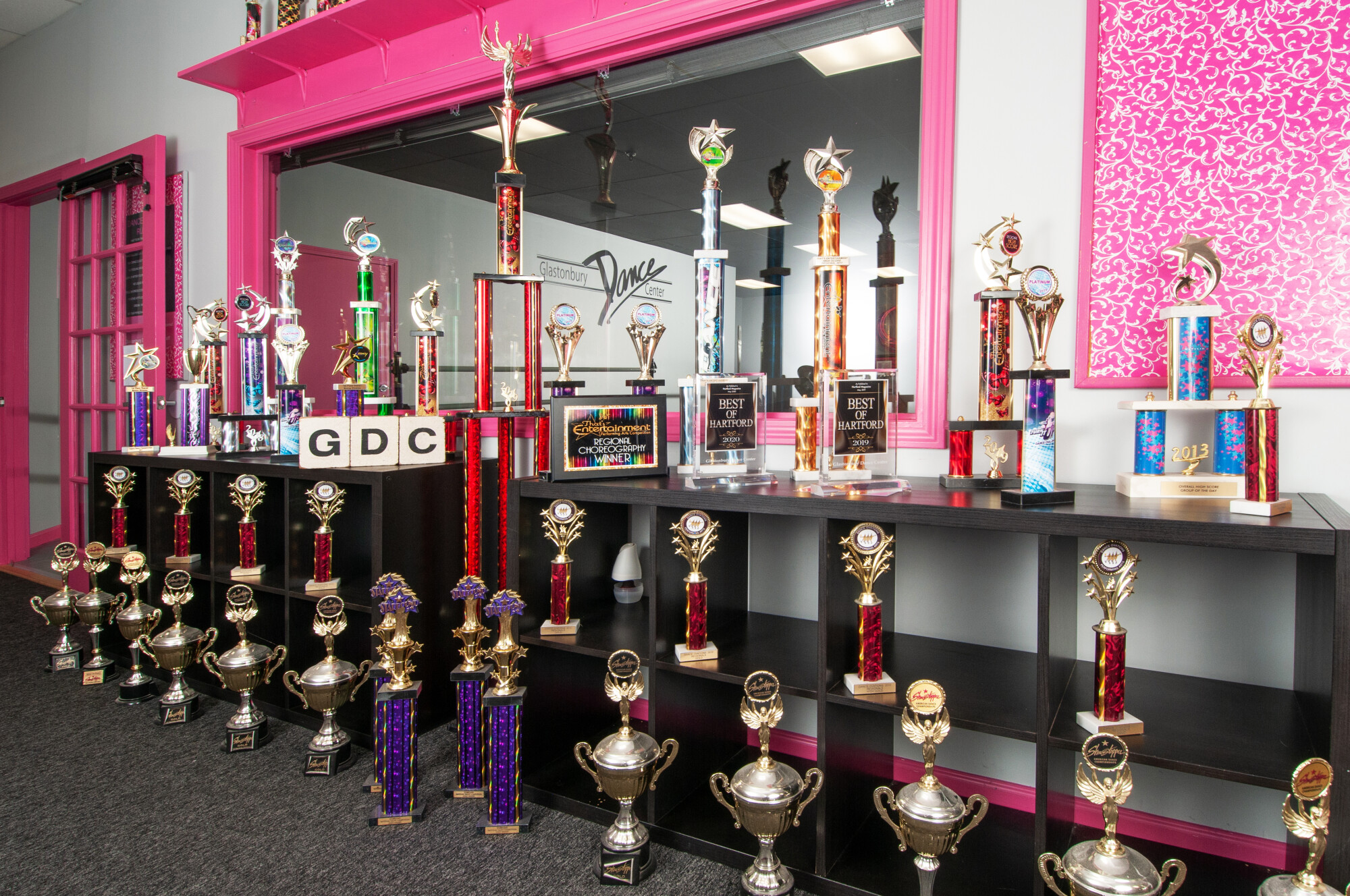

The next set of photos was Shari posing with the Glastonbury Dance Center logo, for her branding program. I set up my umbrella lights in the dance studio and worked on getting just the right lighting on Shari and the logo painted on the wall. Shari asked if I had any time constraints and I said “nope, I’m having a ball”.

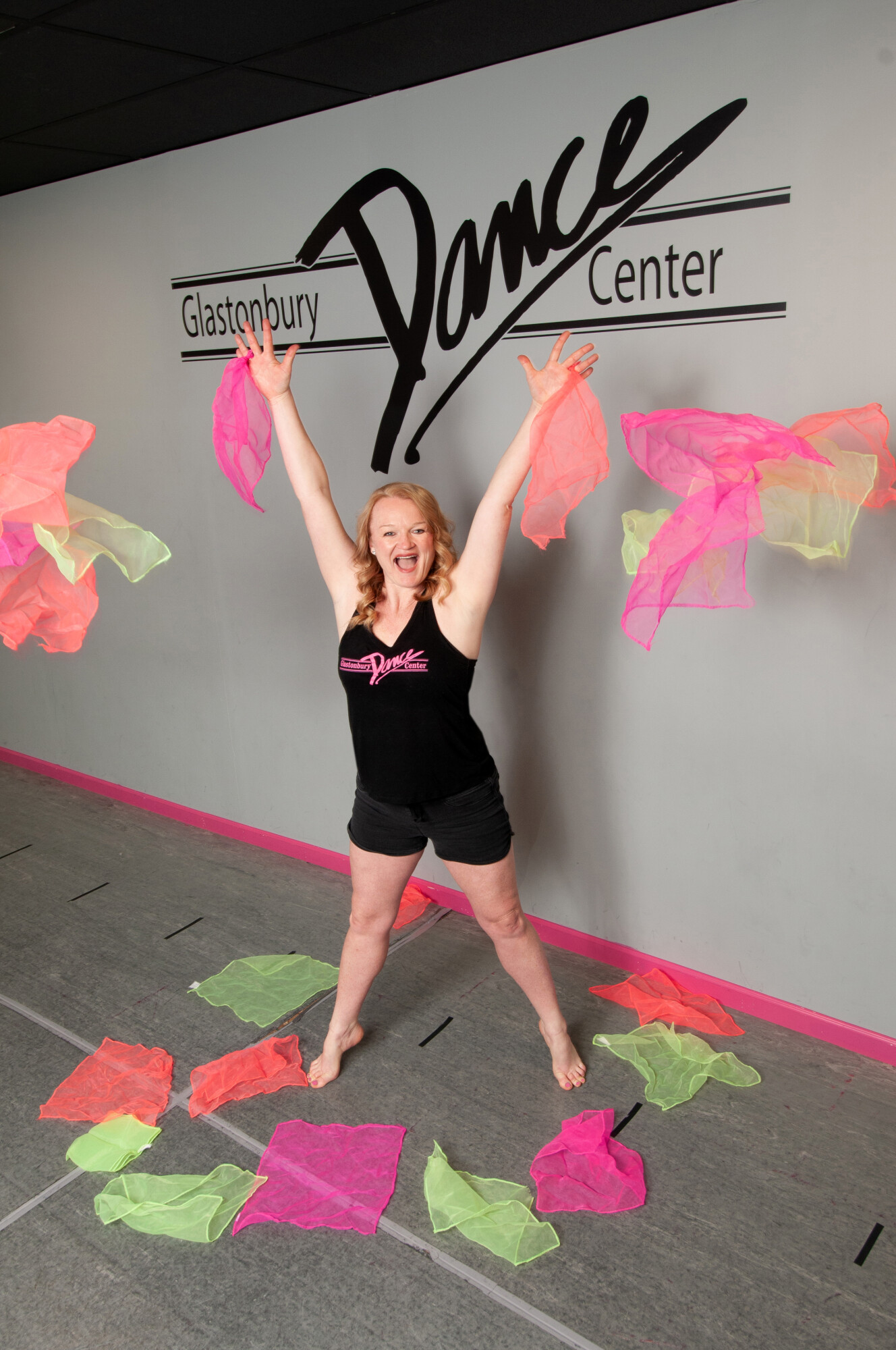
This is why I became a photographer. Every day is different and every photo assignment has unique challenges. When I'm asked when I'm going to retire; my reply is " why would I retire when I'm having so much fun working?"
Tim Becker
Creative Images Photography
901 Main St.
Manchester, CT 06040
860-528-7818
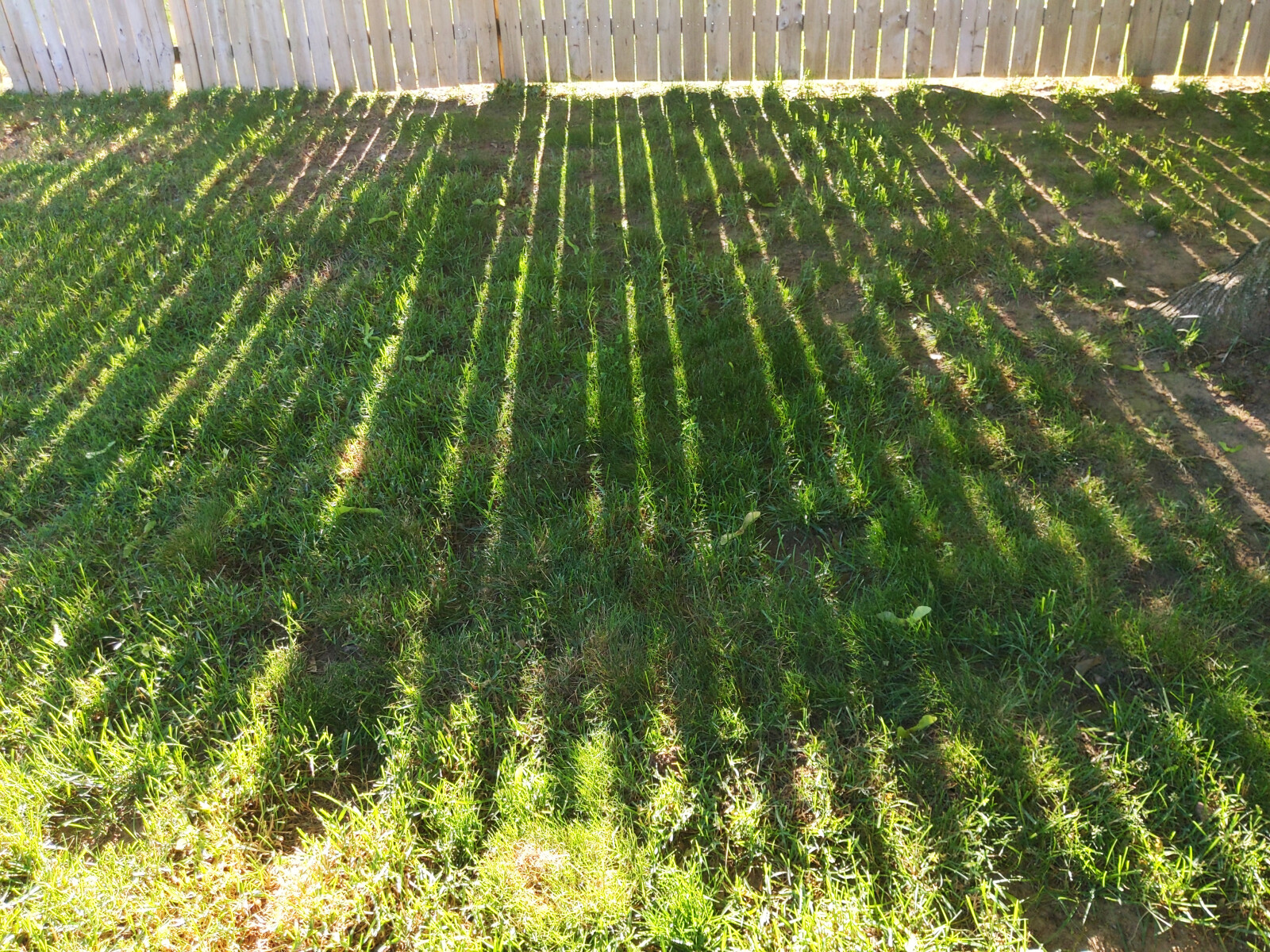
I became interested in photography as a high school student. I saved money from my after school grocery clerk job to buy a Kowa single lens reflex 35mm camera. My Dad let me trade in his old Kodak 35mm and I went to New York City to purchase the camera I had seen in Popular Photography magazine. I later added a 135mm telephoto lens.
I remember developing my first roll of black and white film in my friend’s basement and making black and white prints in the school darkroom. It was amazing watching a print develop under the red safelight. That's when I got hooked on photography. I won one of the prizes in our high school’s photography contest. The print was a nighttime snow scene that I took using my new tripod, right in front of my house. The streetlights which were mercury vapor lamps; made a strange blue color on the snow, which made the street look surreal. At the time, I didn’t understand anything about lighting. Now I can’t stop thinking about it. When I see an interesting light pattern, I can’t help framing the composition in my mind. I can't turn it off. It can be a tree or a fence in my backyard, a patch of light on my floor at home; or a fiery sunset that I saw when walking my dog,. Occasionally I will pull out my cell phone and take a photo of the lighting just to get it out of my system.
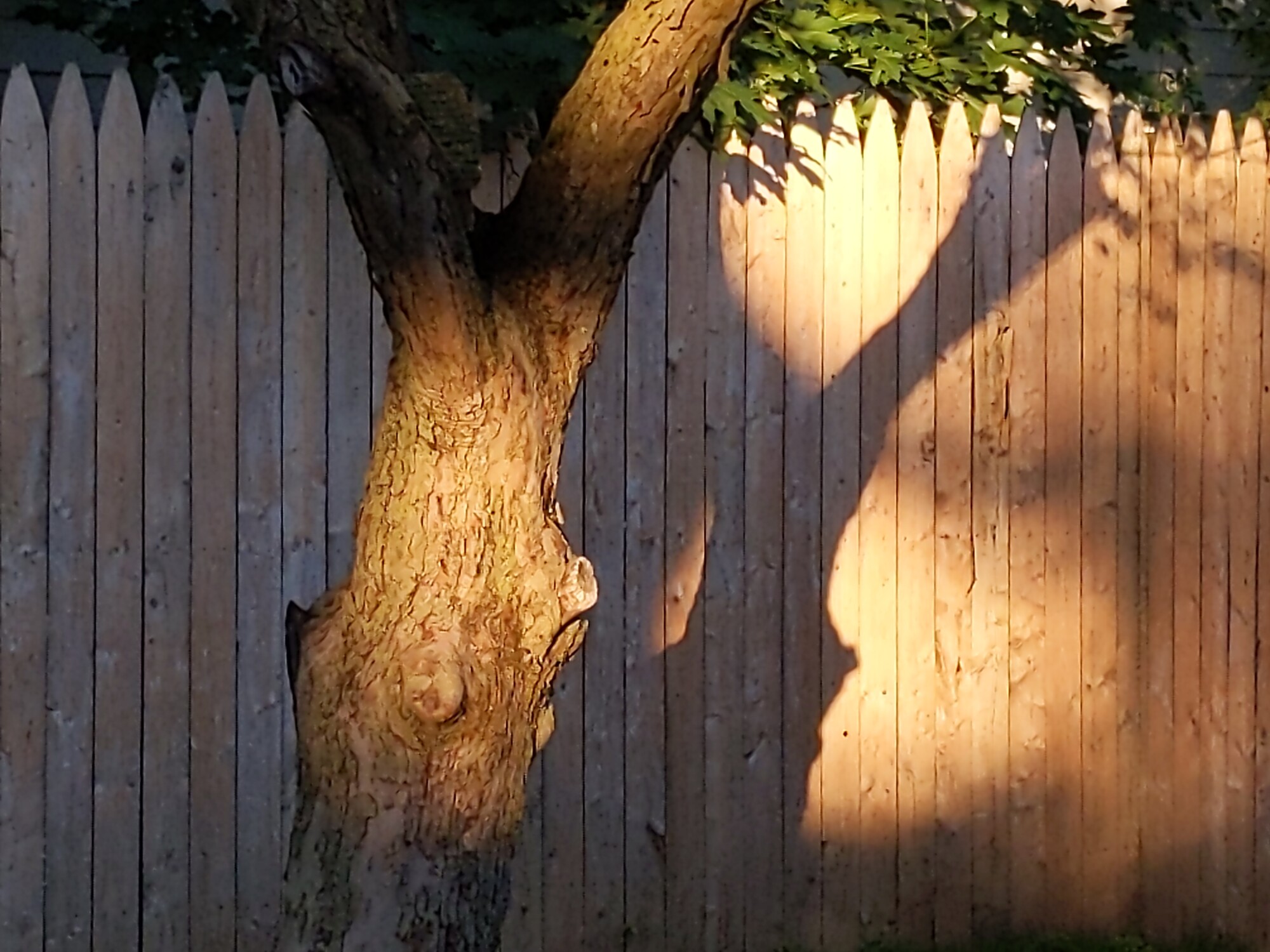

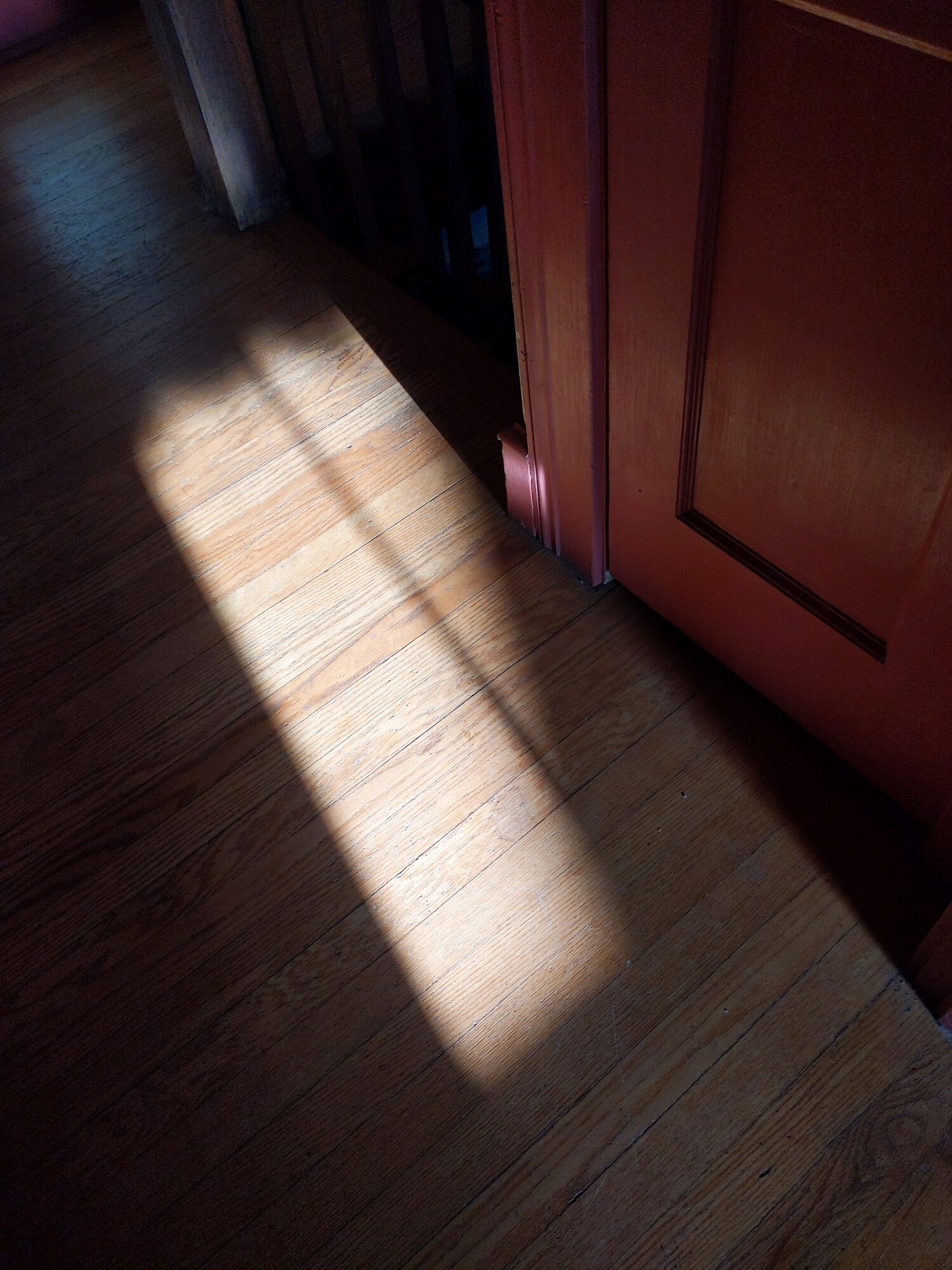
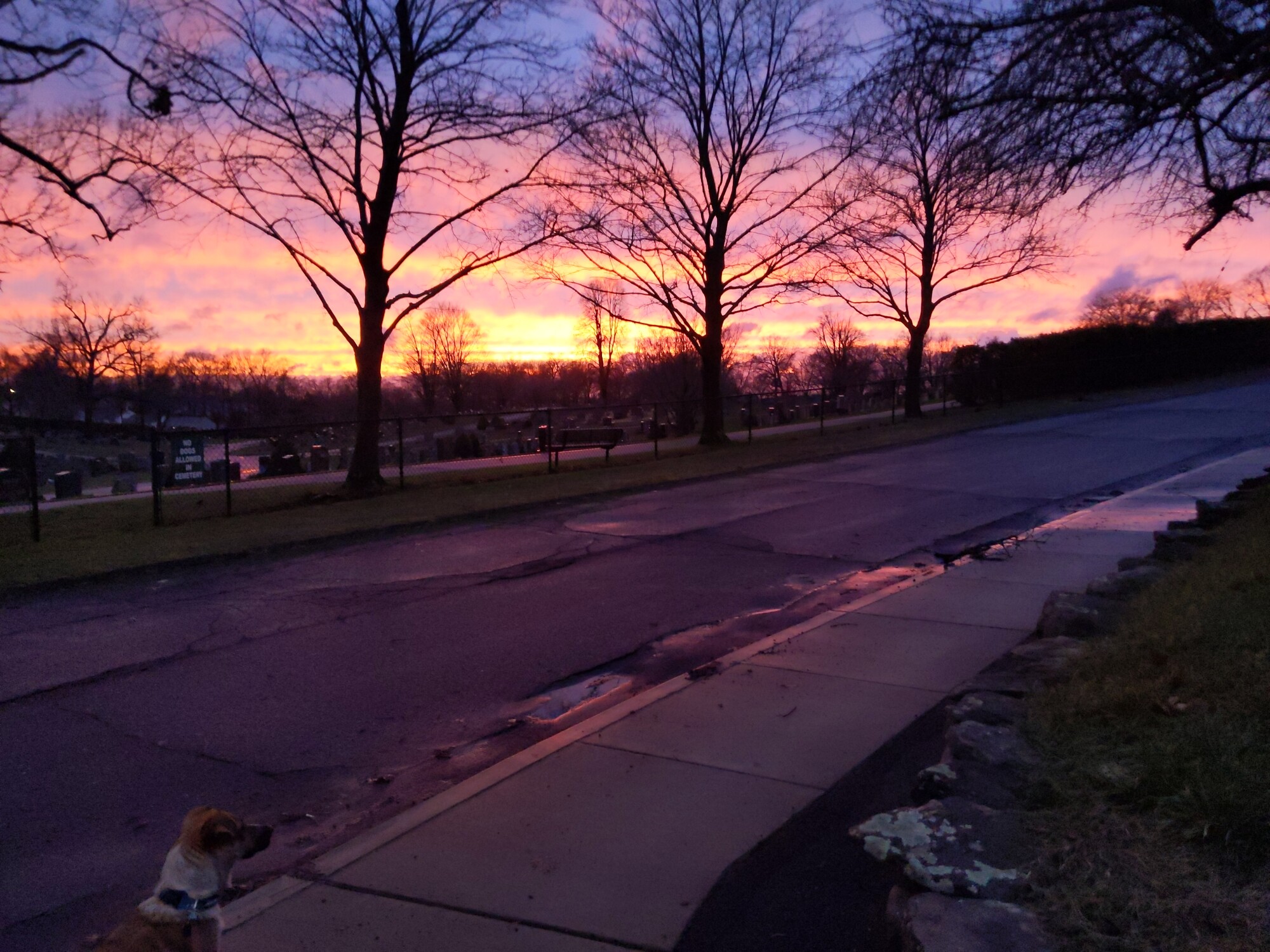
I have become obsessed with lighting and the proper way to utilize flash to get the best lighting possible, on the images that I create for my clients. I don’t know exactly how many light heads I have. The number is over 30 from high power studio strobes to small video lights. Lately I have become enamored with battery powered portable flash units that I can set up anywhere.
This brings me to the point of my story, which is my opinion that lighting is so important; that all professional commercial photographs should include lighting that is controlled or put there by the photographer, if at all possible.. This is especially true when photographing interiors. Anyone can point a camera and take a photo. A professional will light the scene so that texture and color are brought out and a feeling is created.
Here are a couple of examples of recent home interior images I took for a MLS listing. Can you tell which ones I lit with electronic flash?

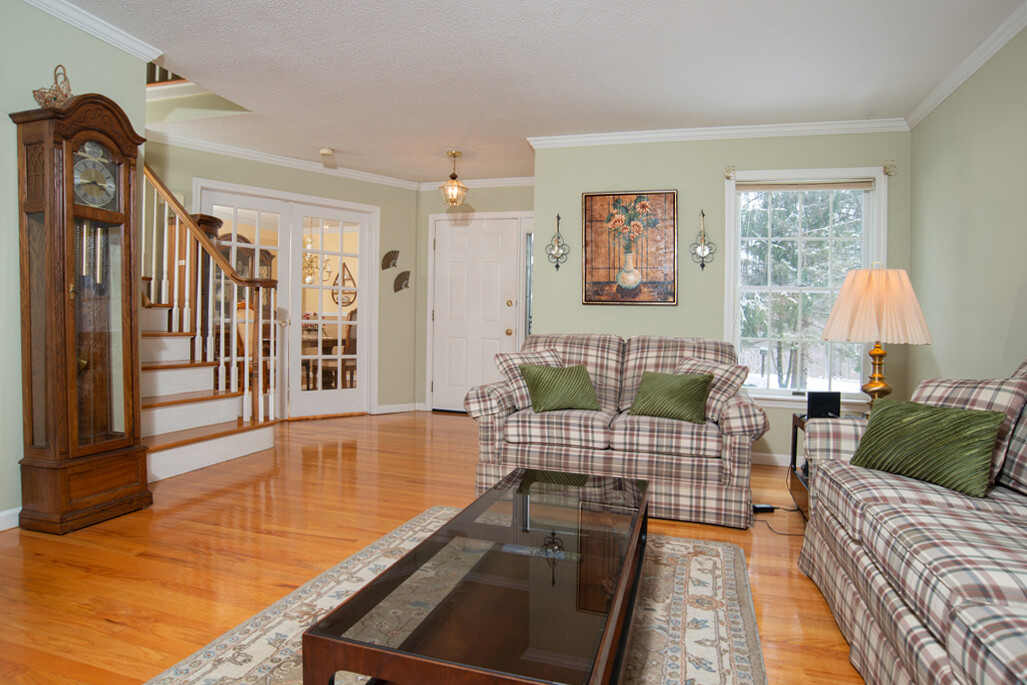
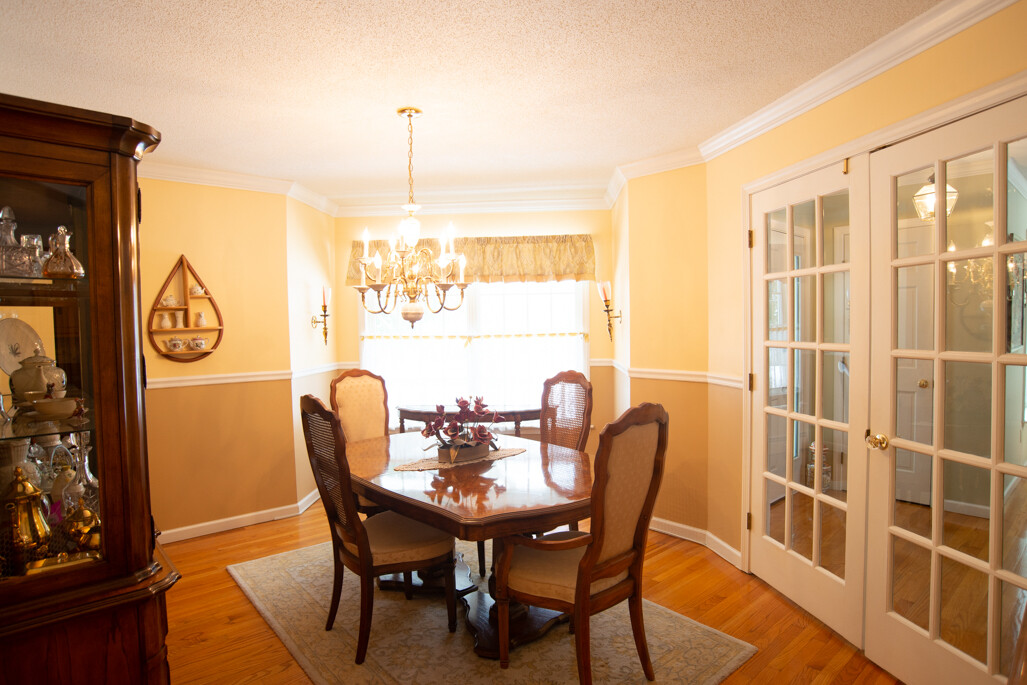

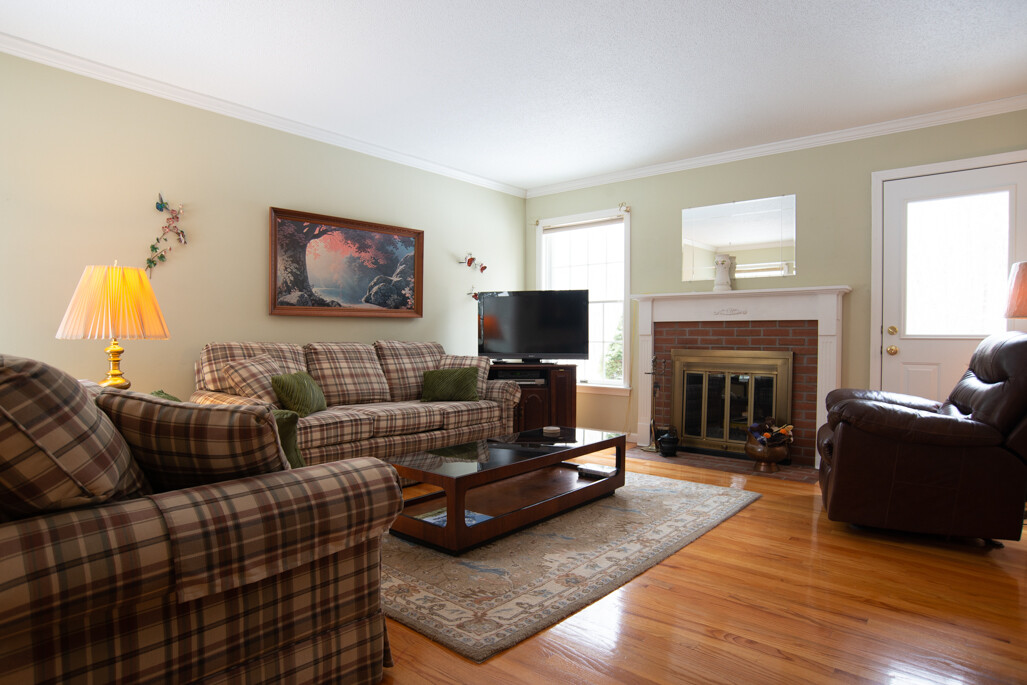
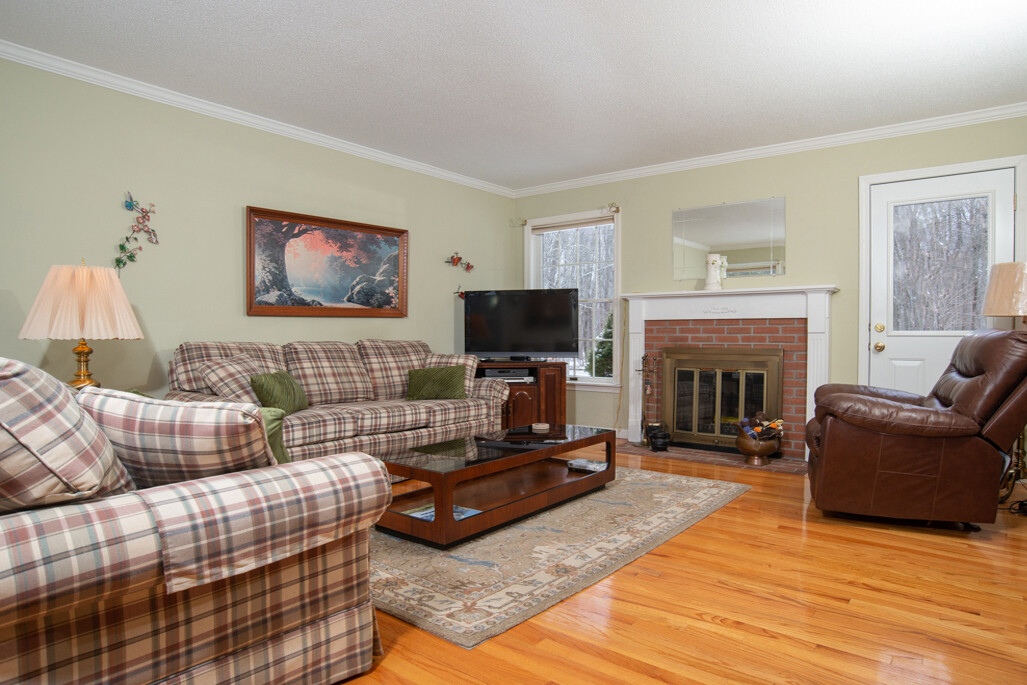
I could have lit the home exterior below with my large flash units or waited until mid June when the sun would be on the front of this house, but neither option was practical. When I need to; I will use software to get the lighting effect that I need.
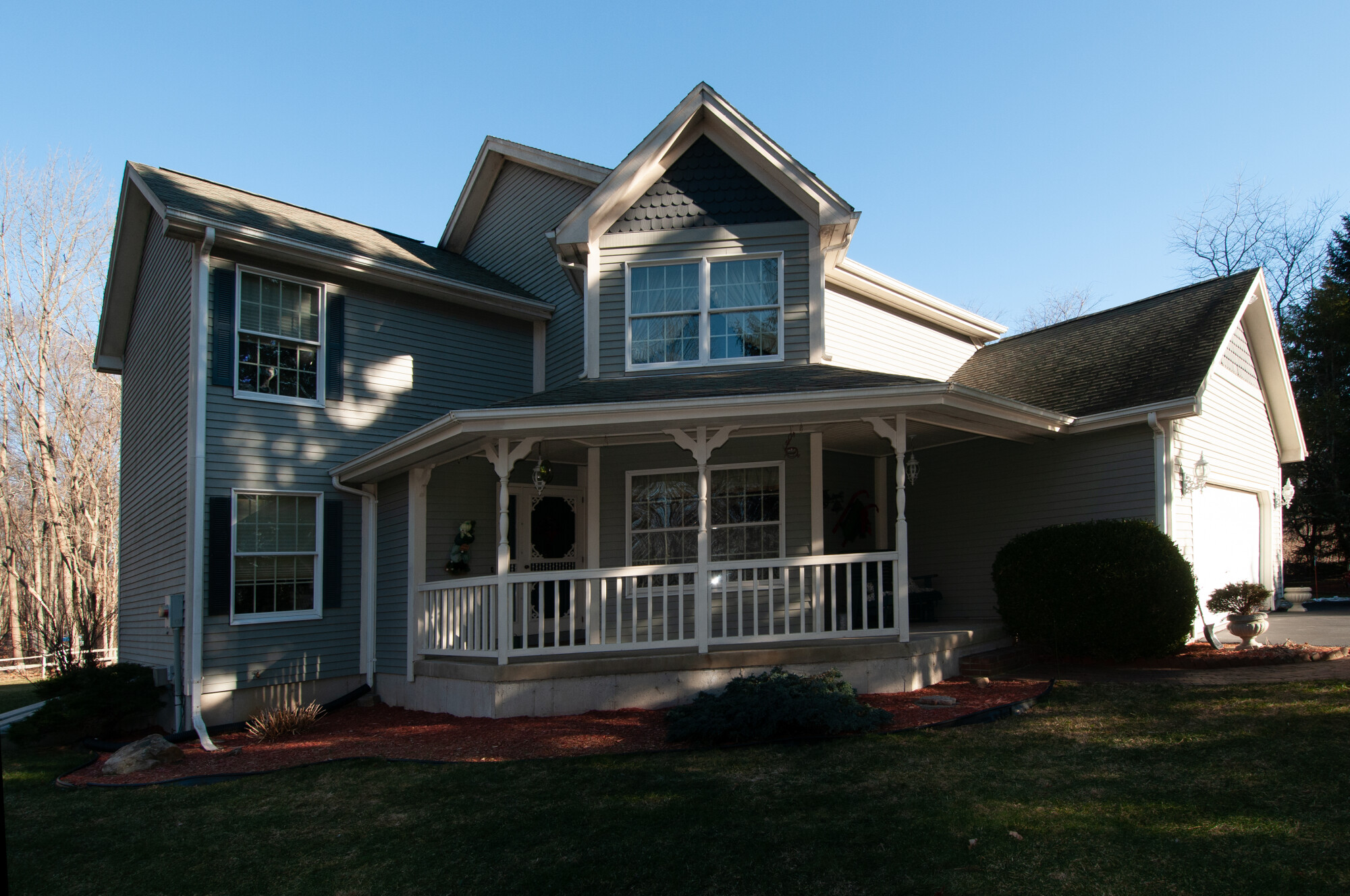
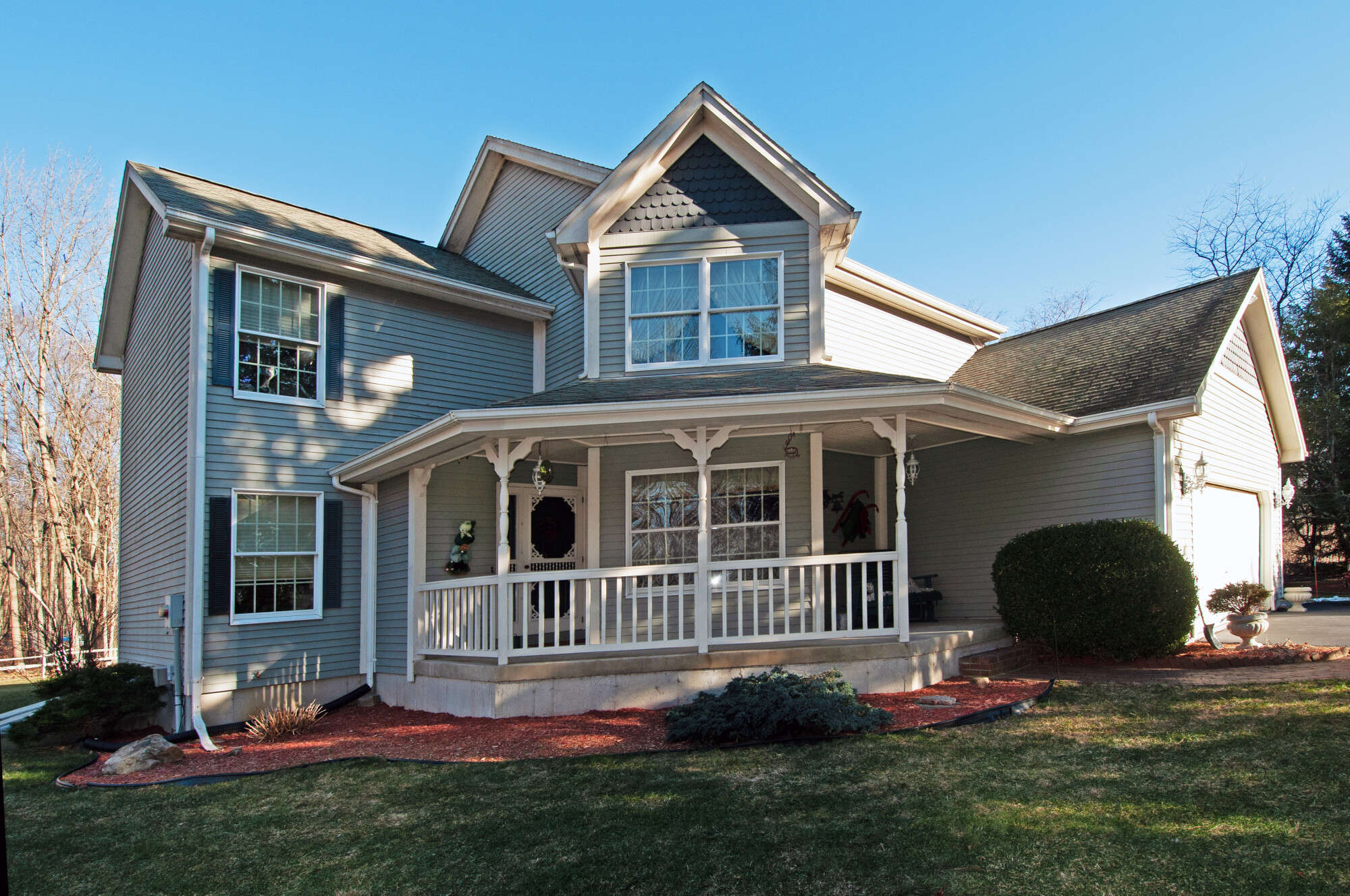
I will have a lot more to say about lighting in future posts. Life and photography would not be possible without light!
Tim Becker
Creative Images Photography
901 Main St.
Manchester, CT 06040
860-528-7818
tim@2cimages.com
